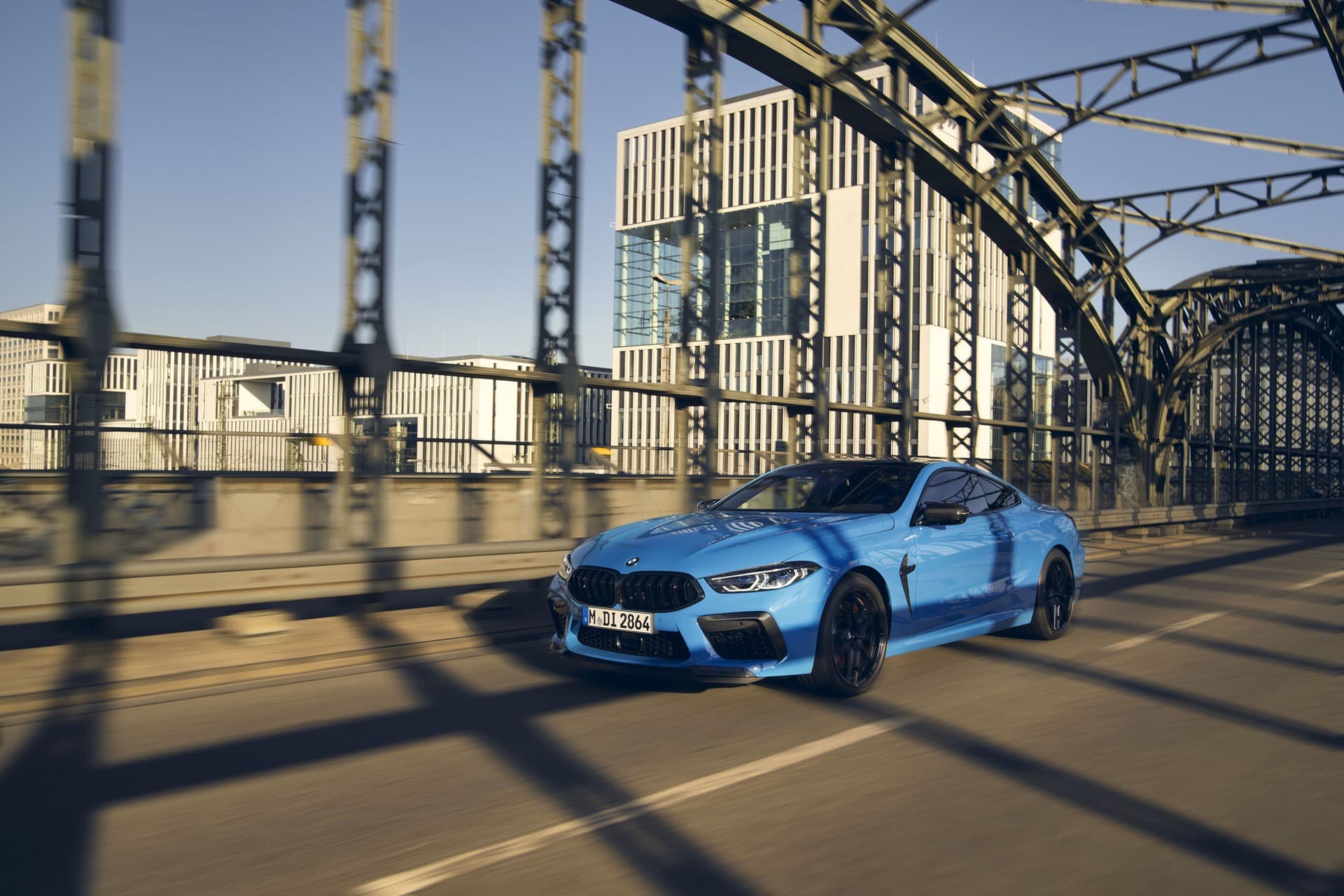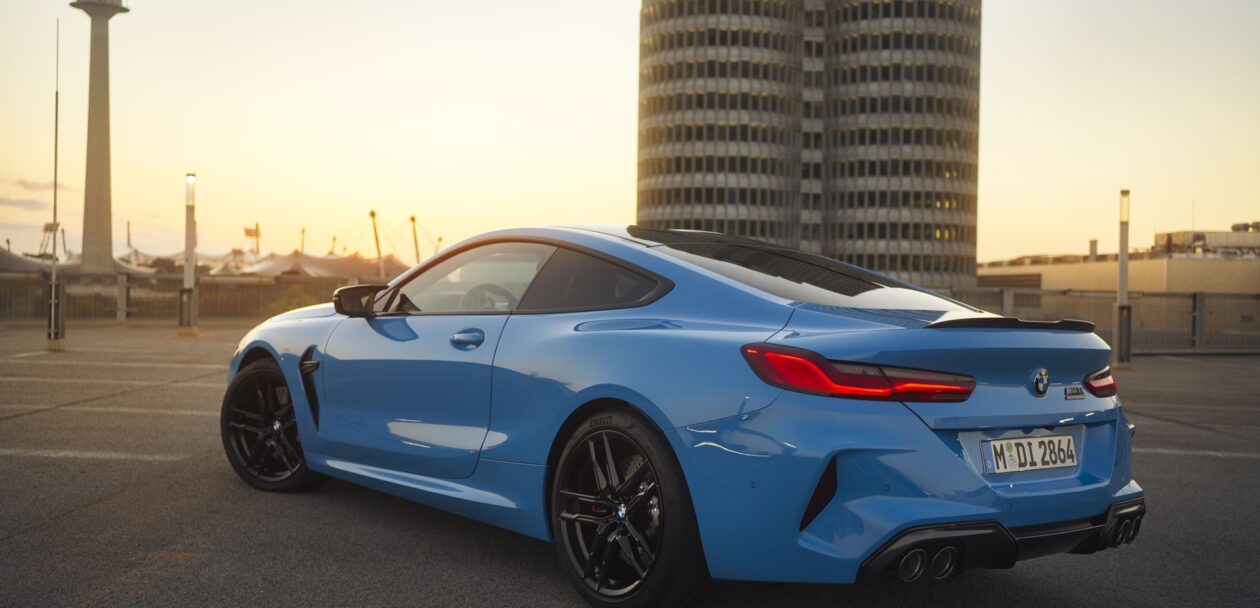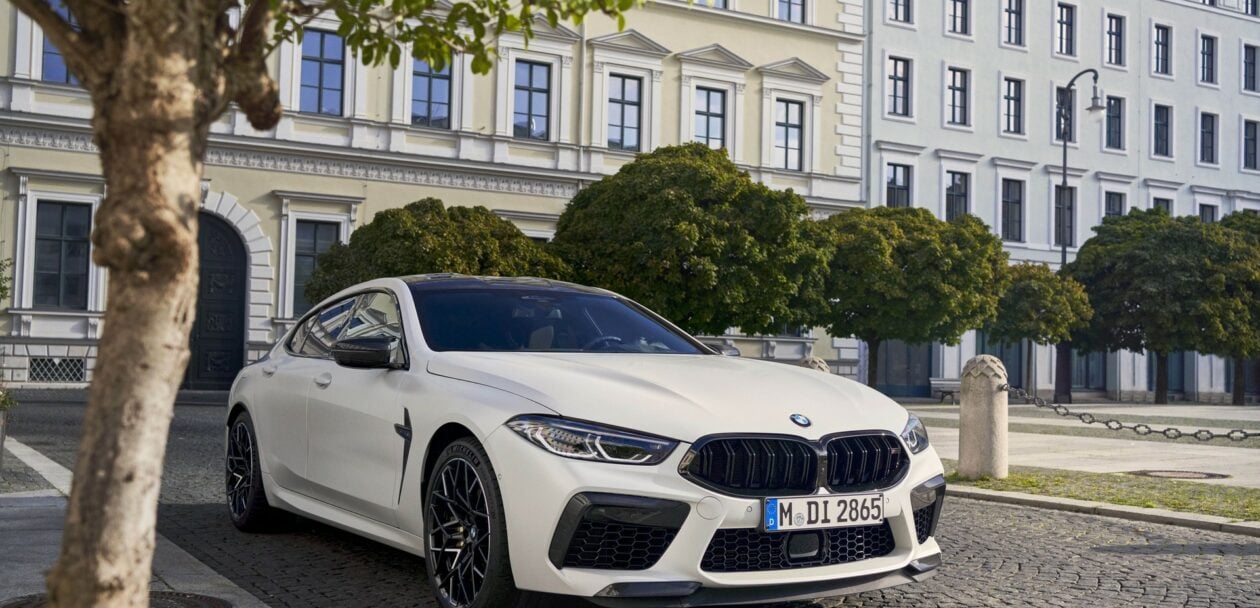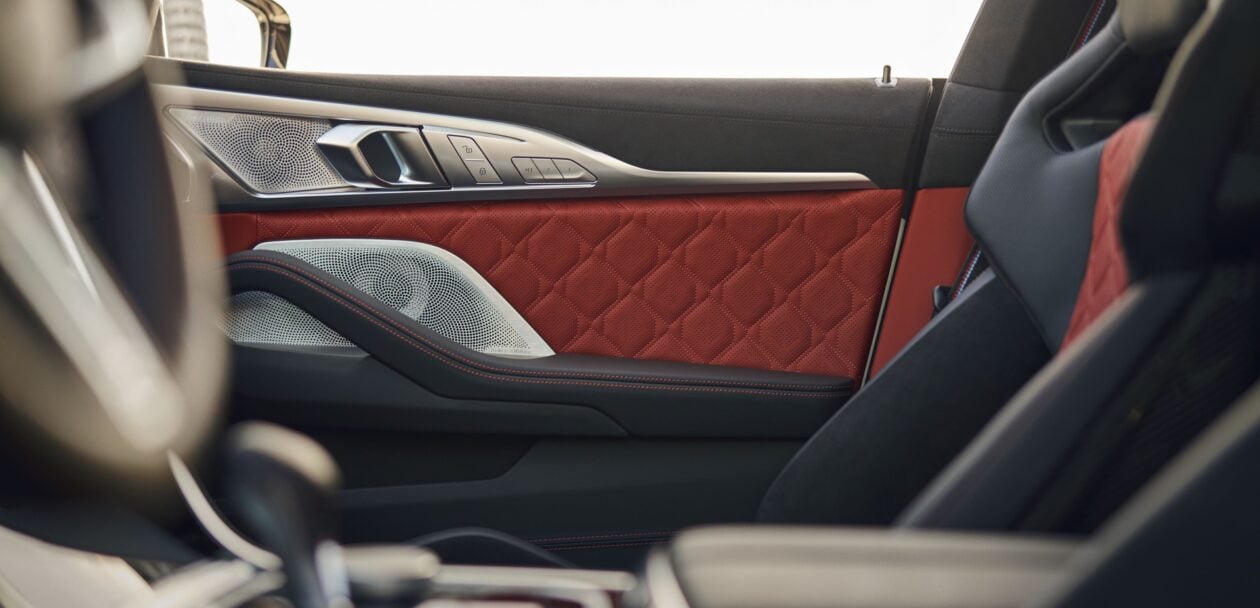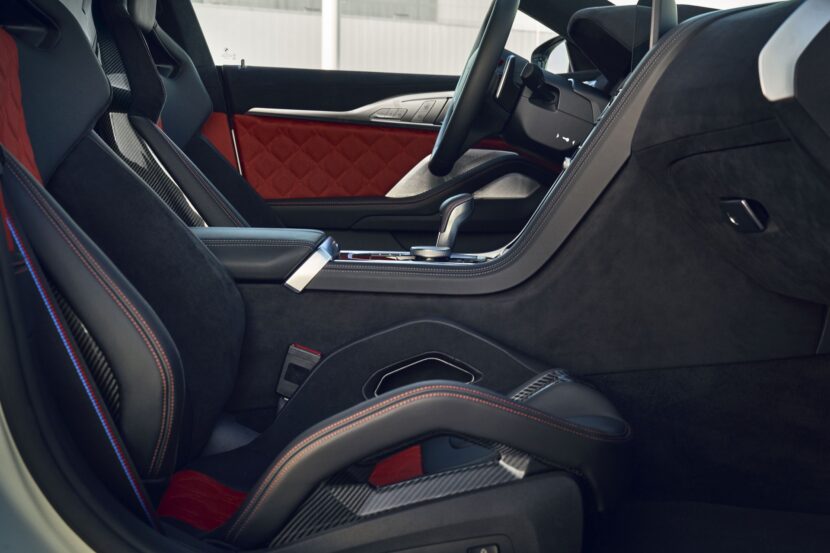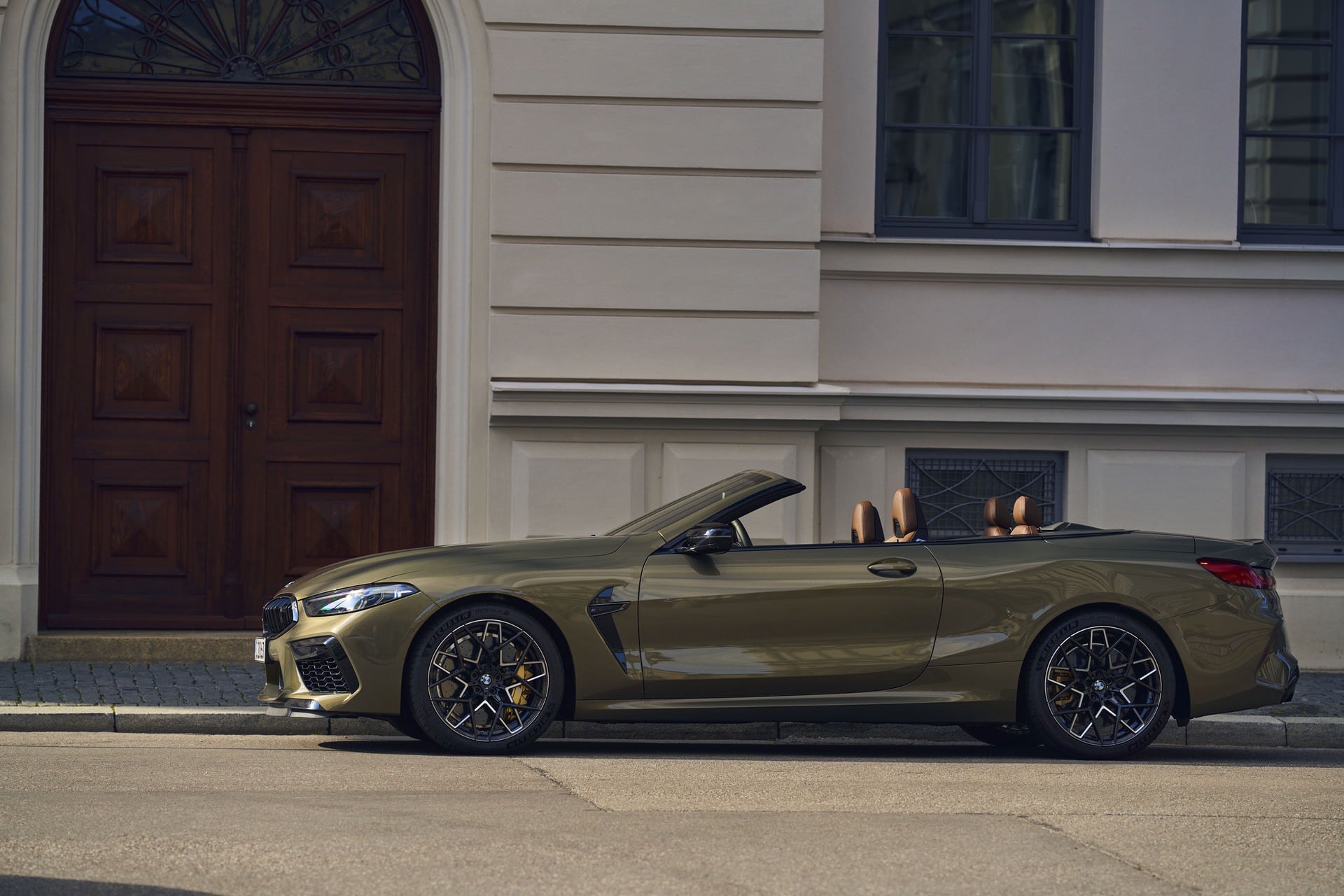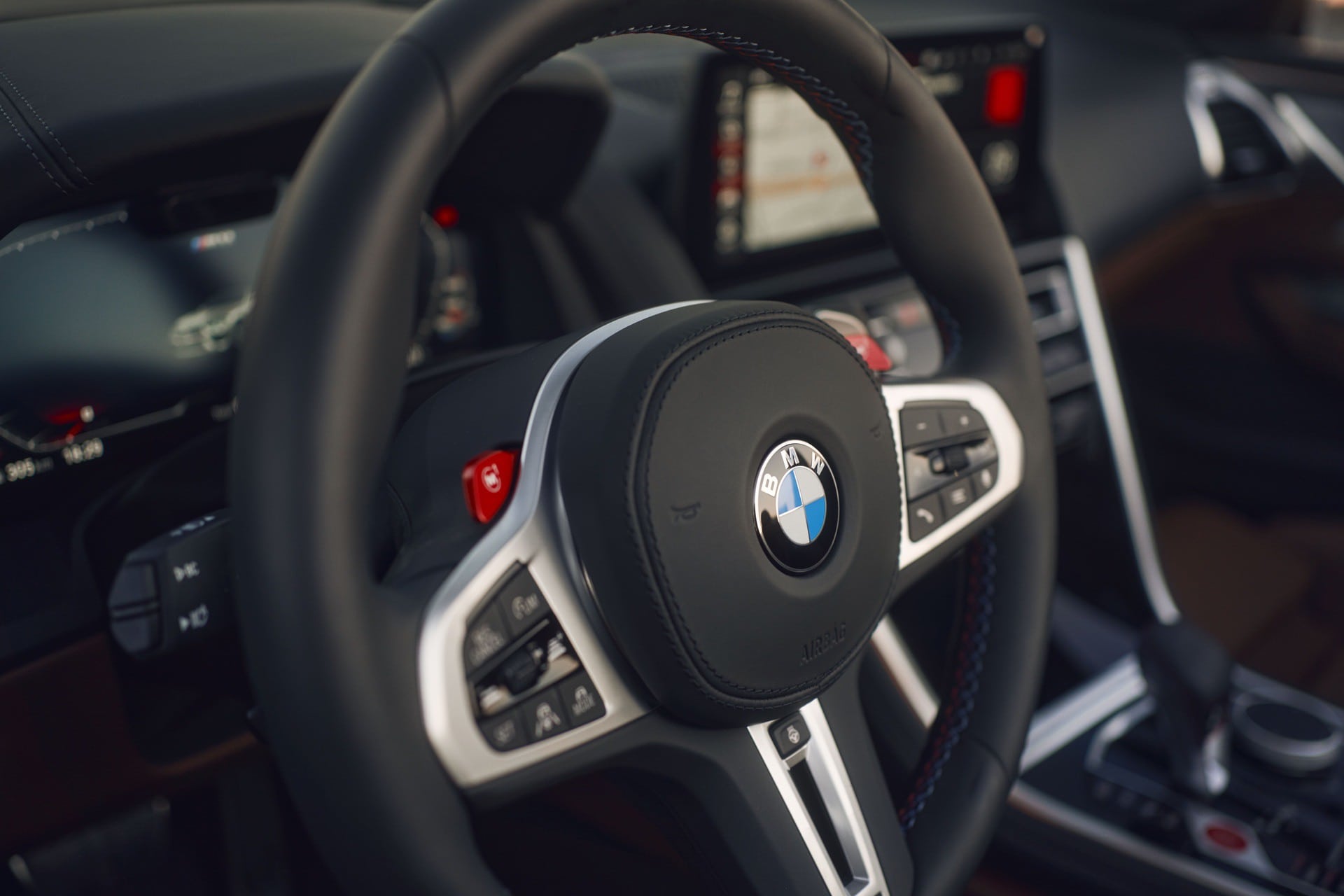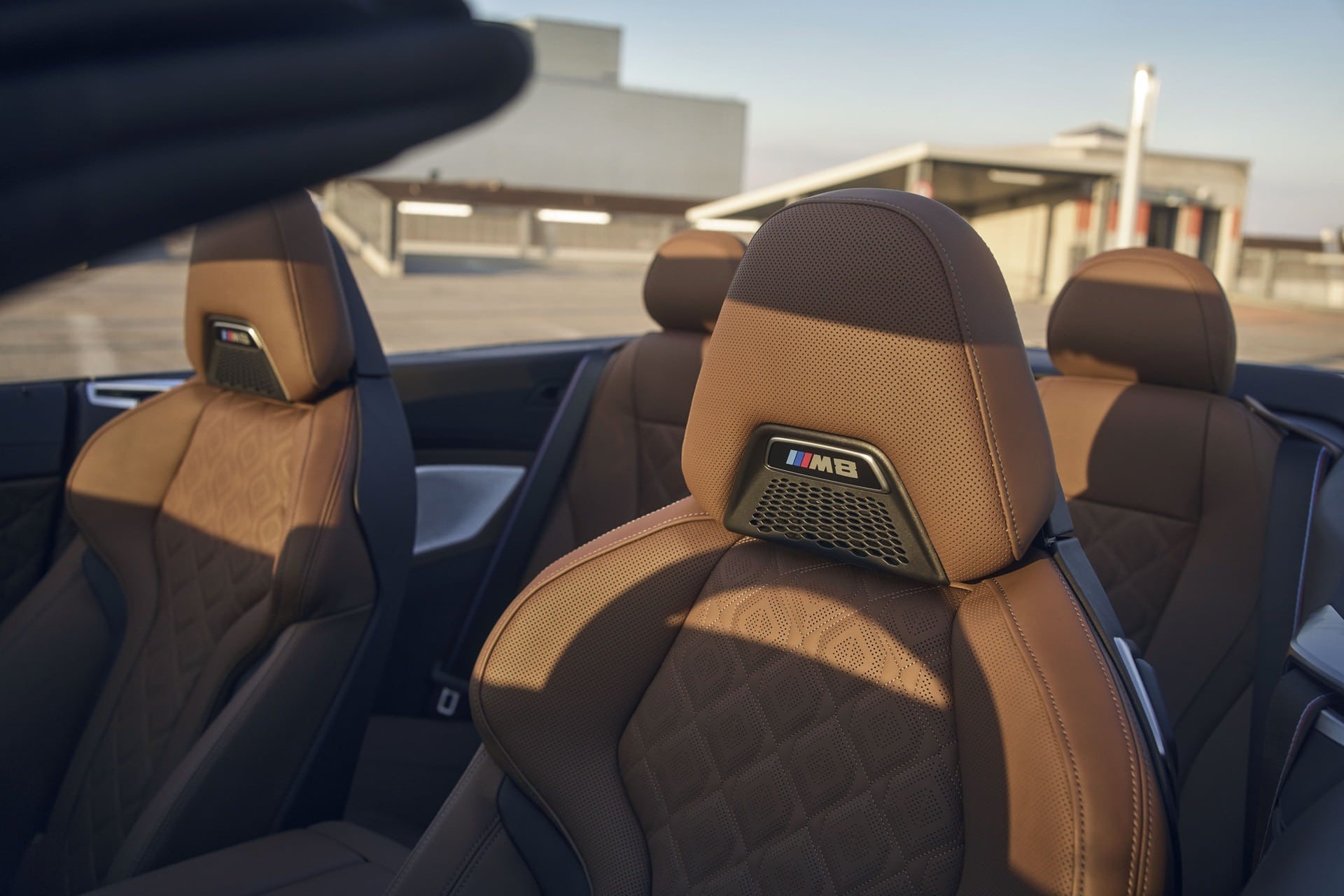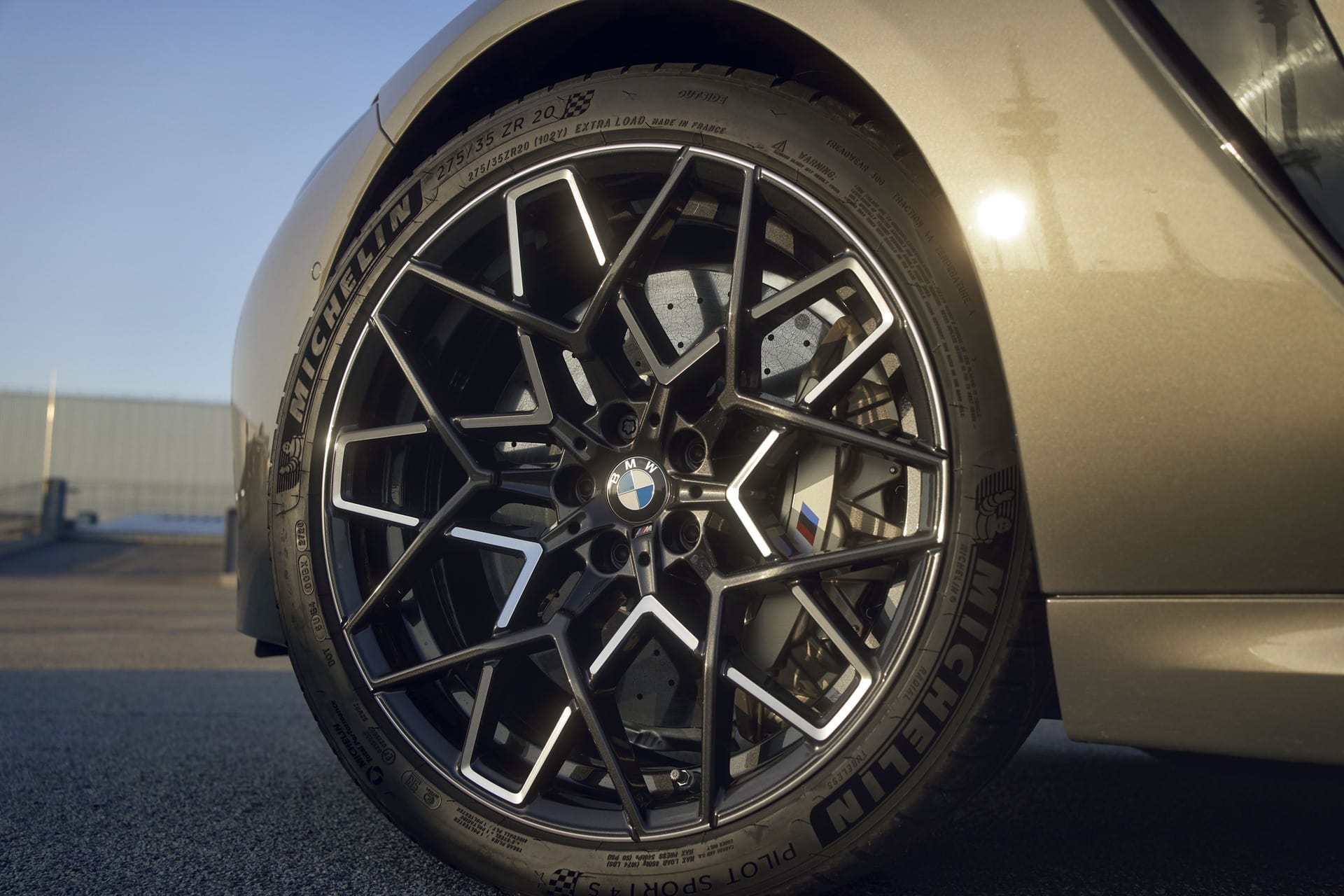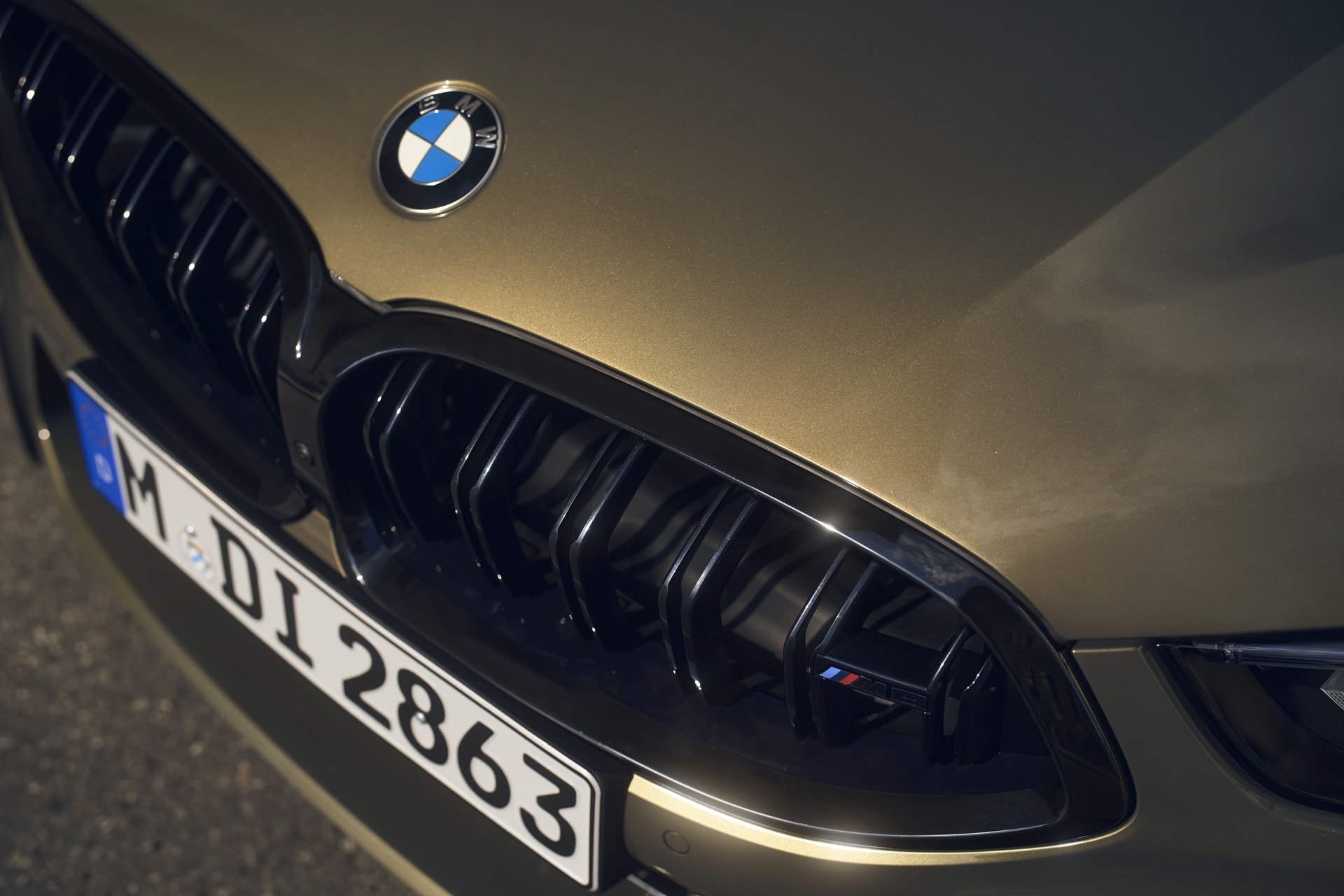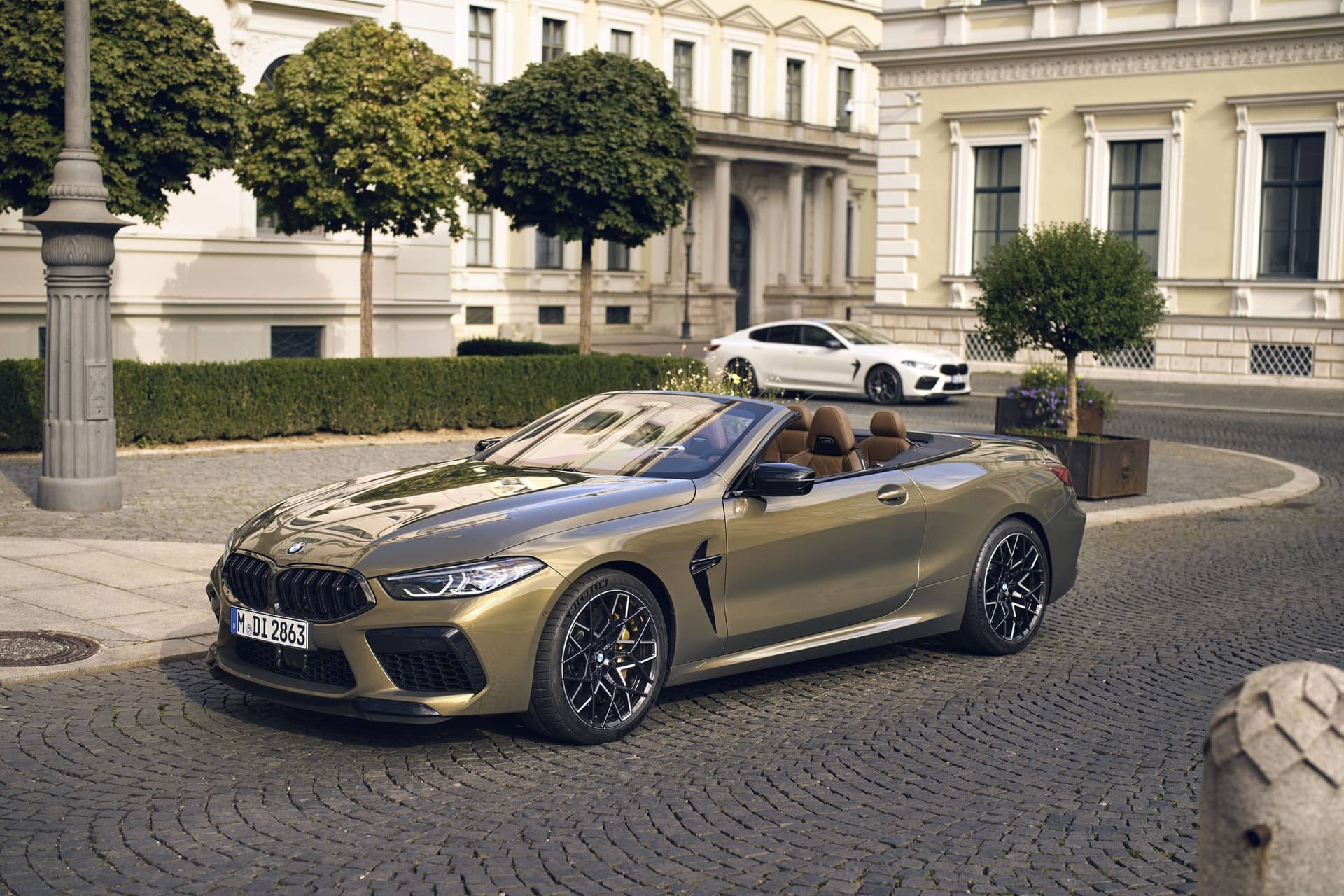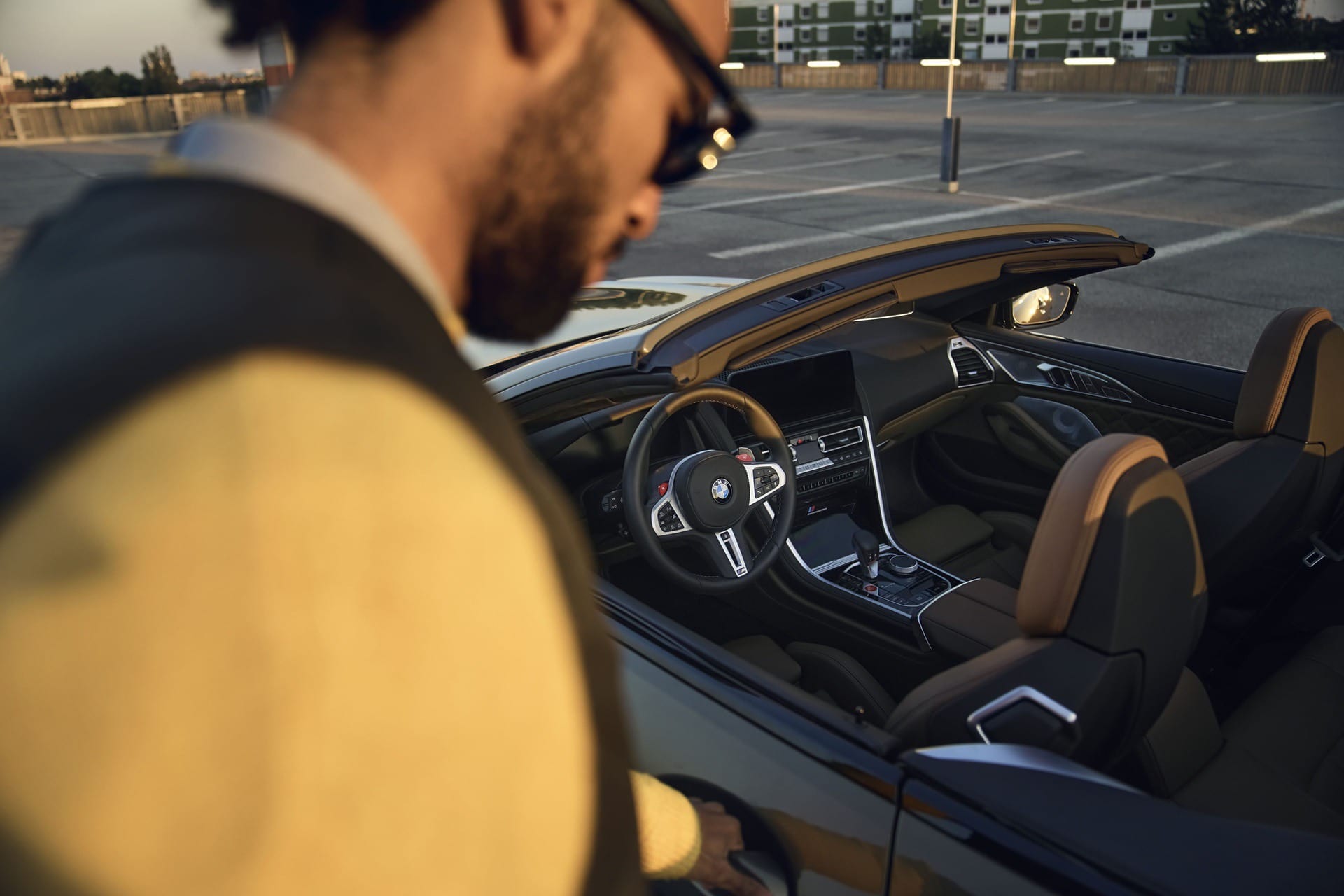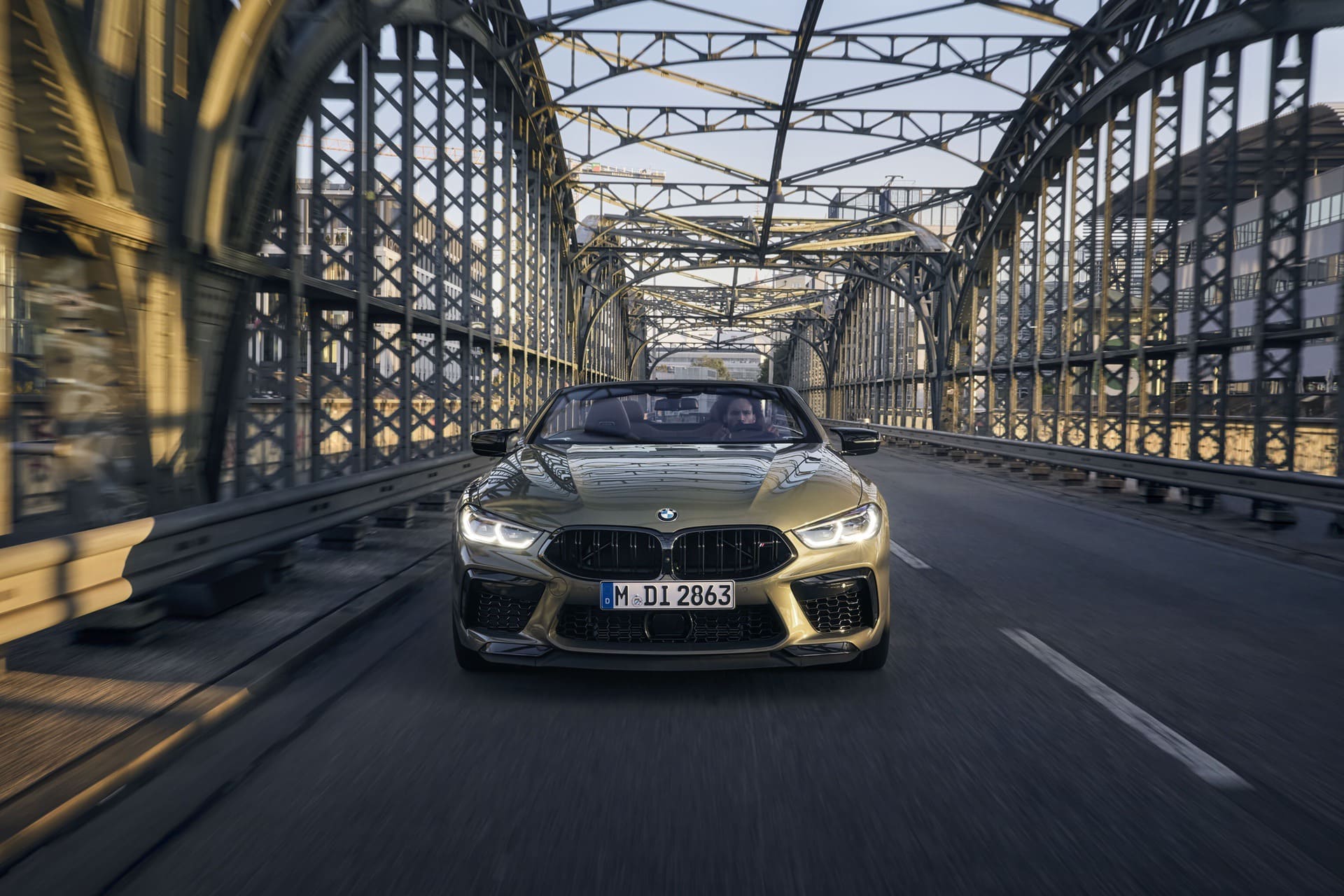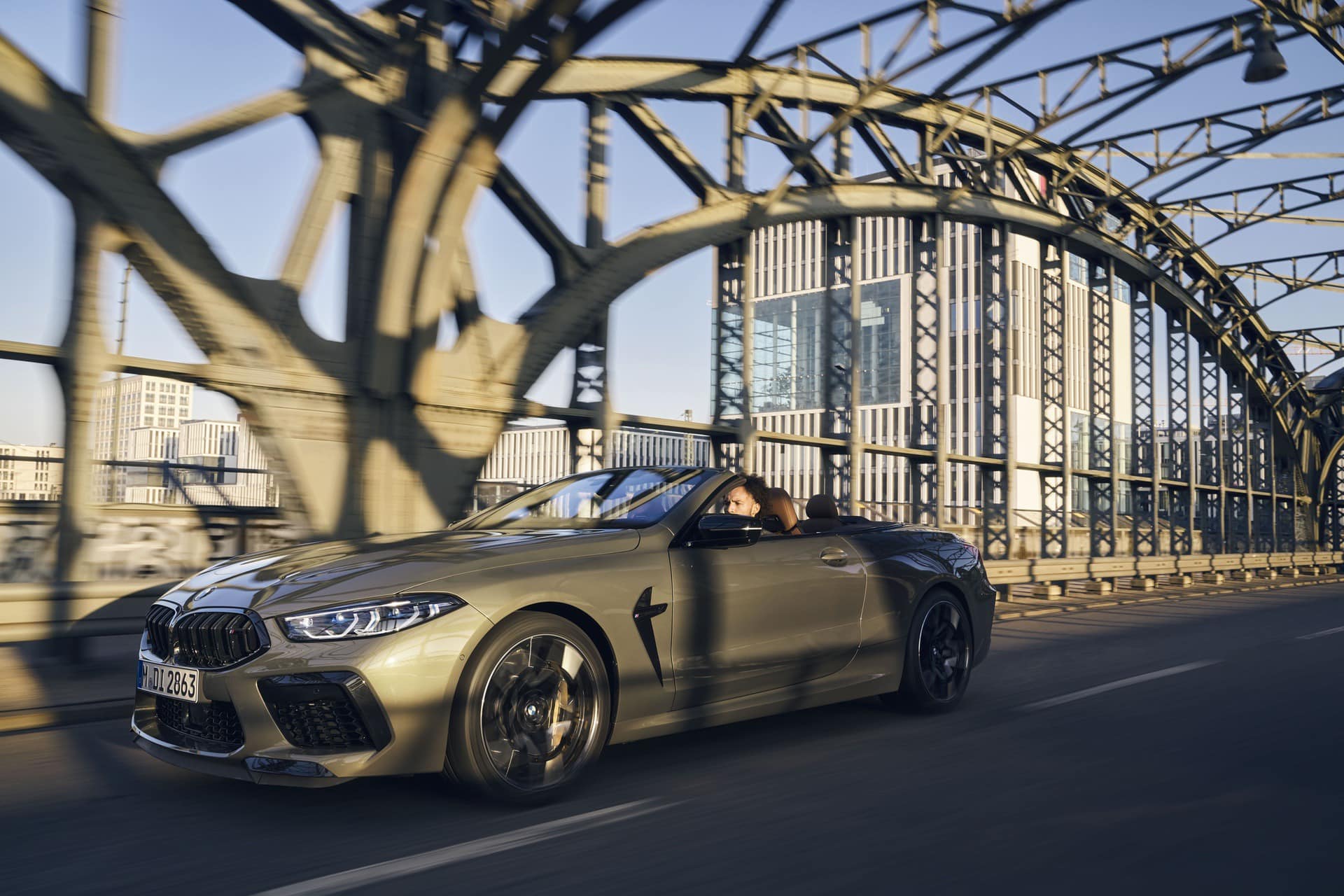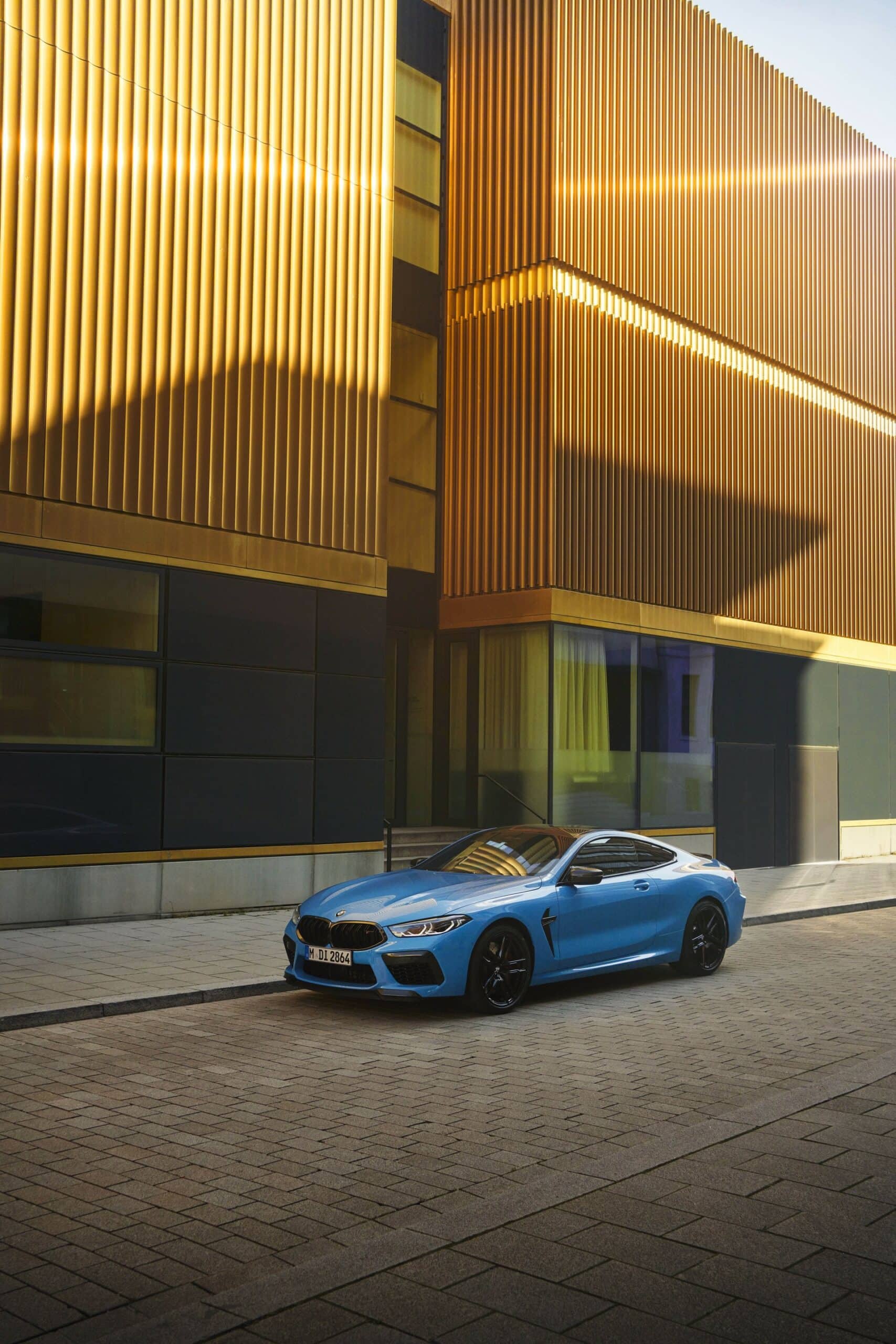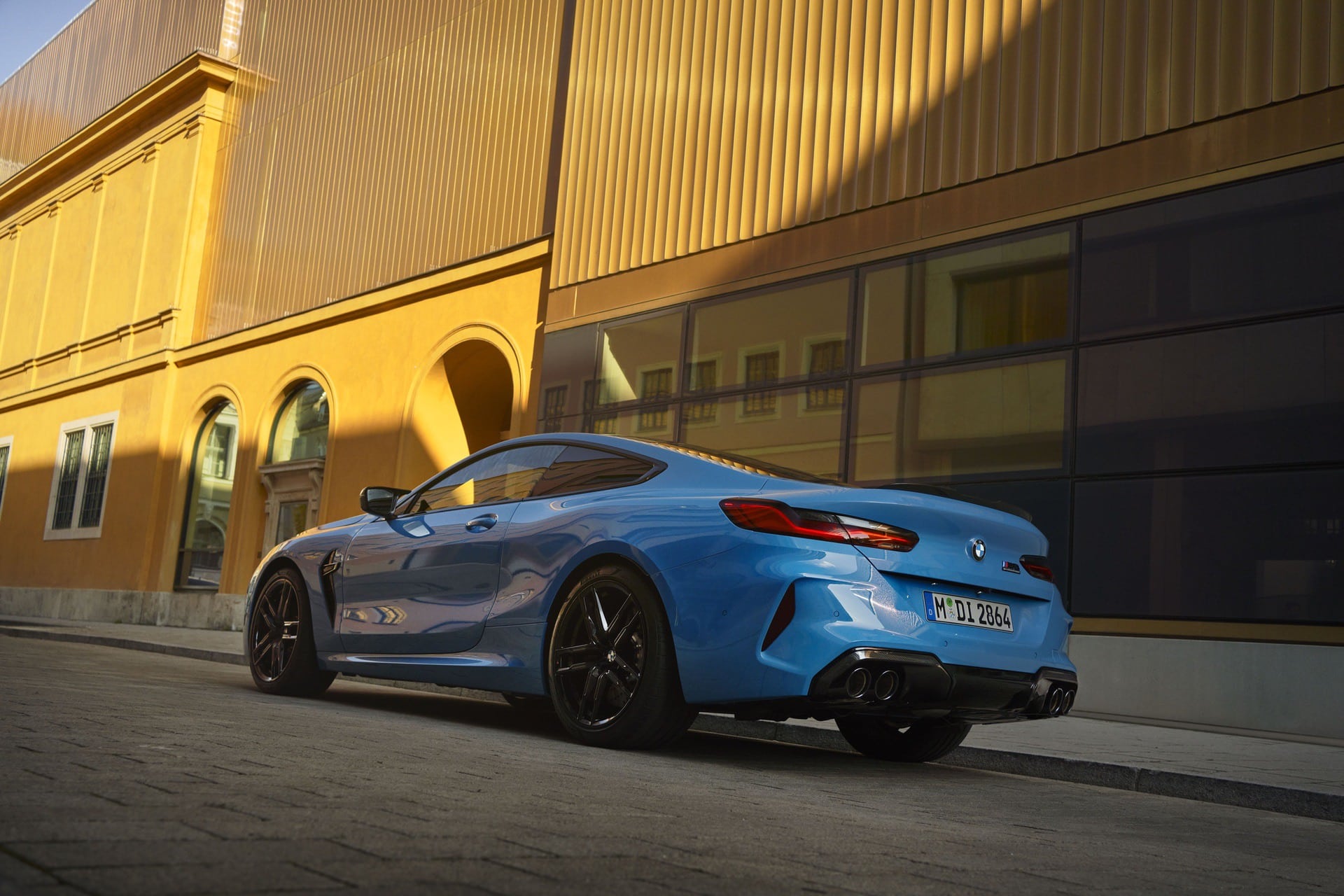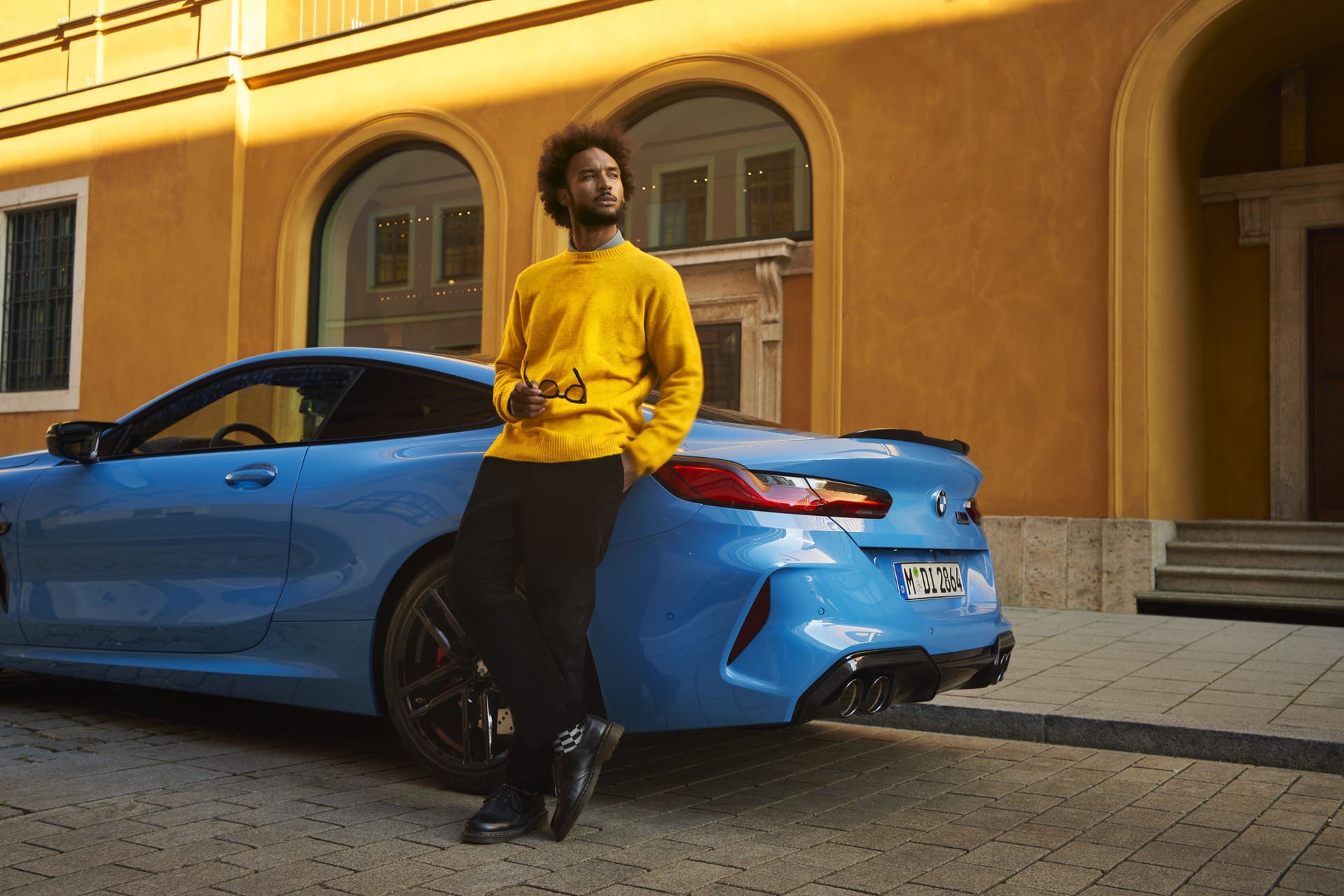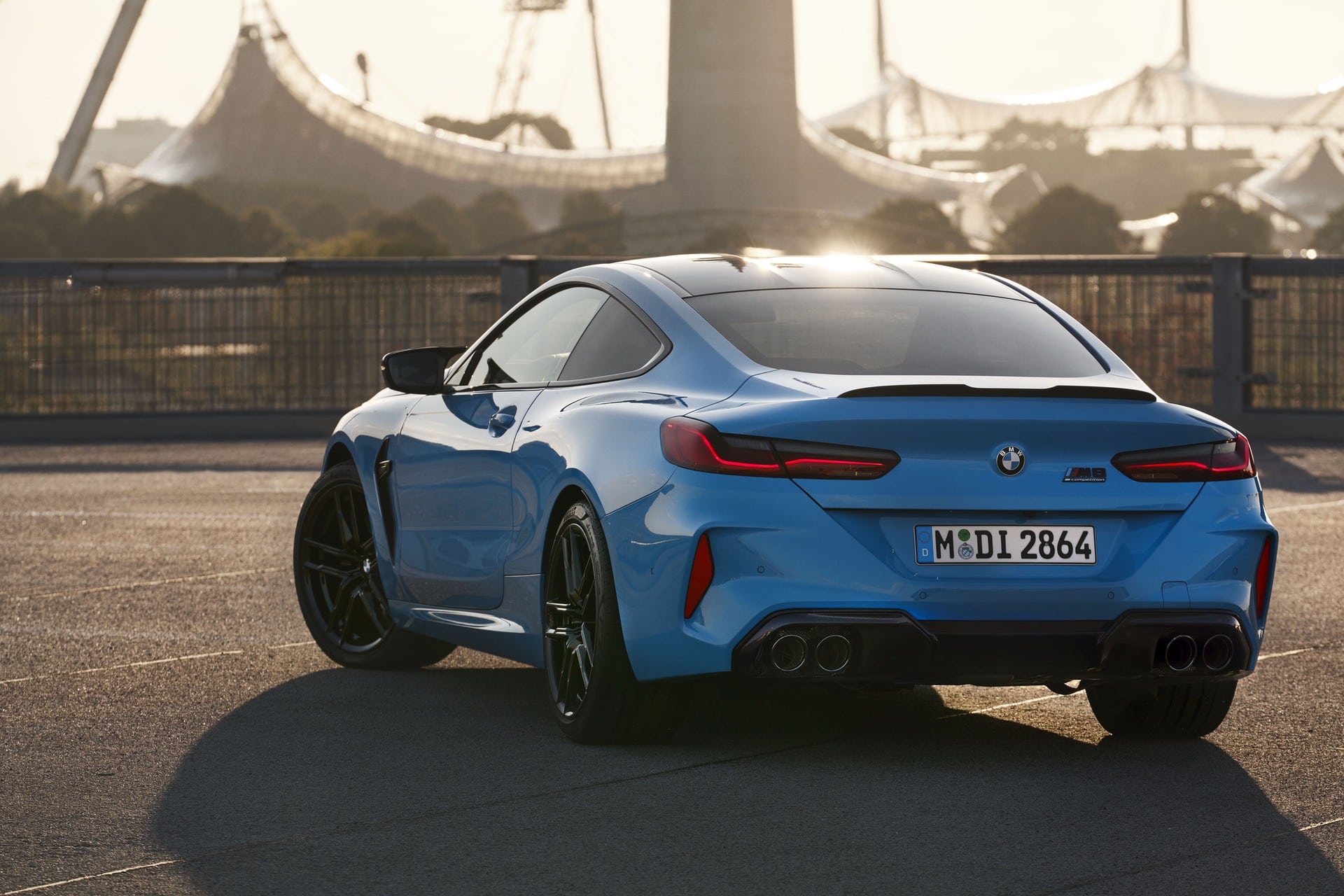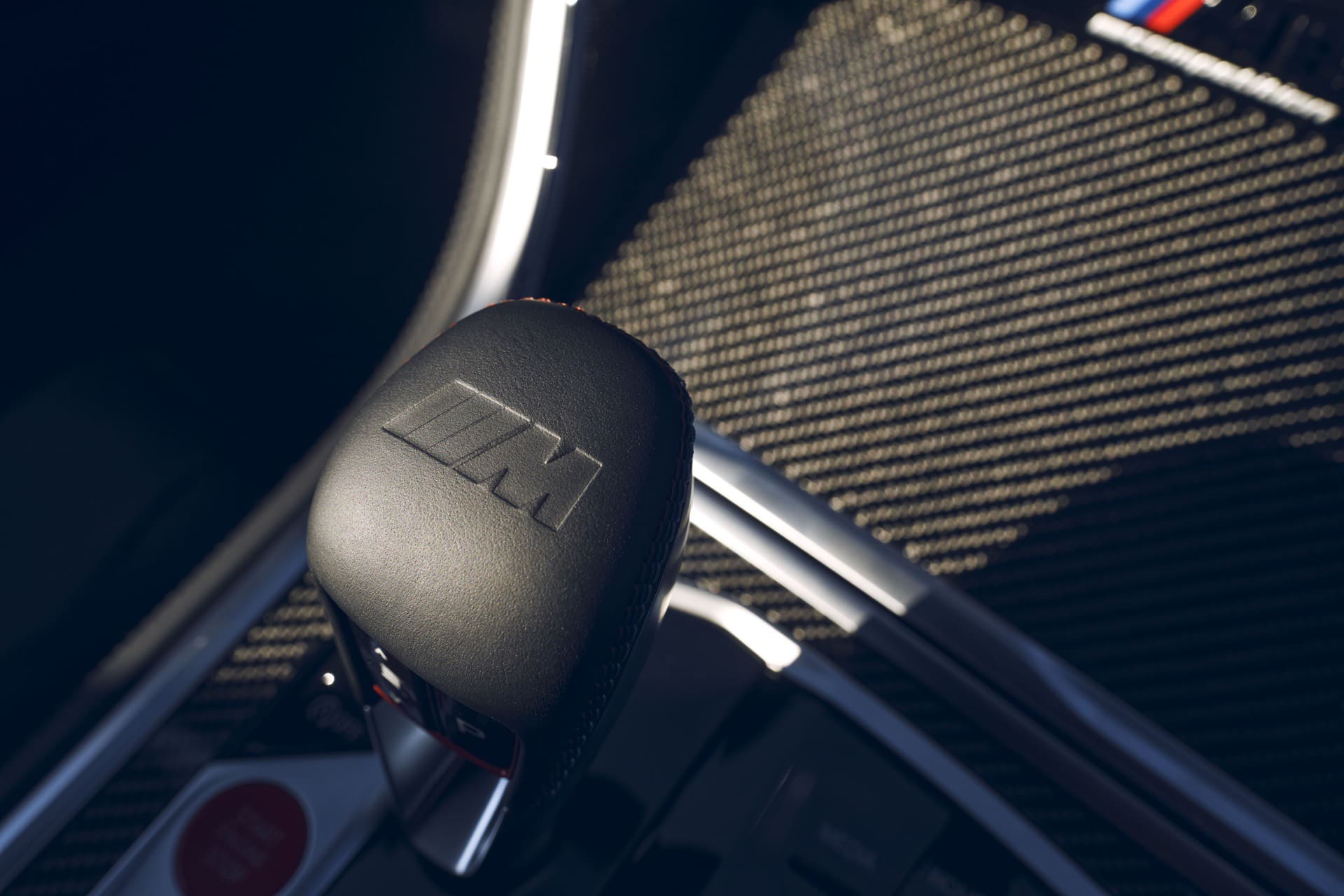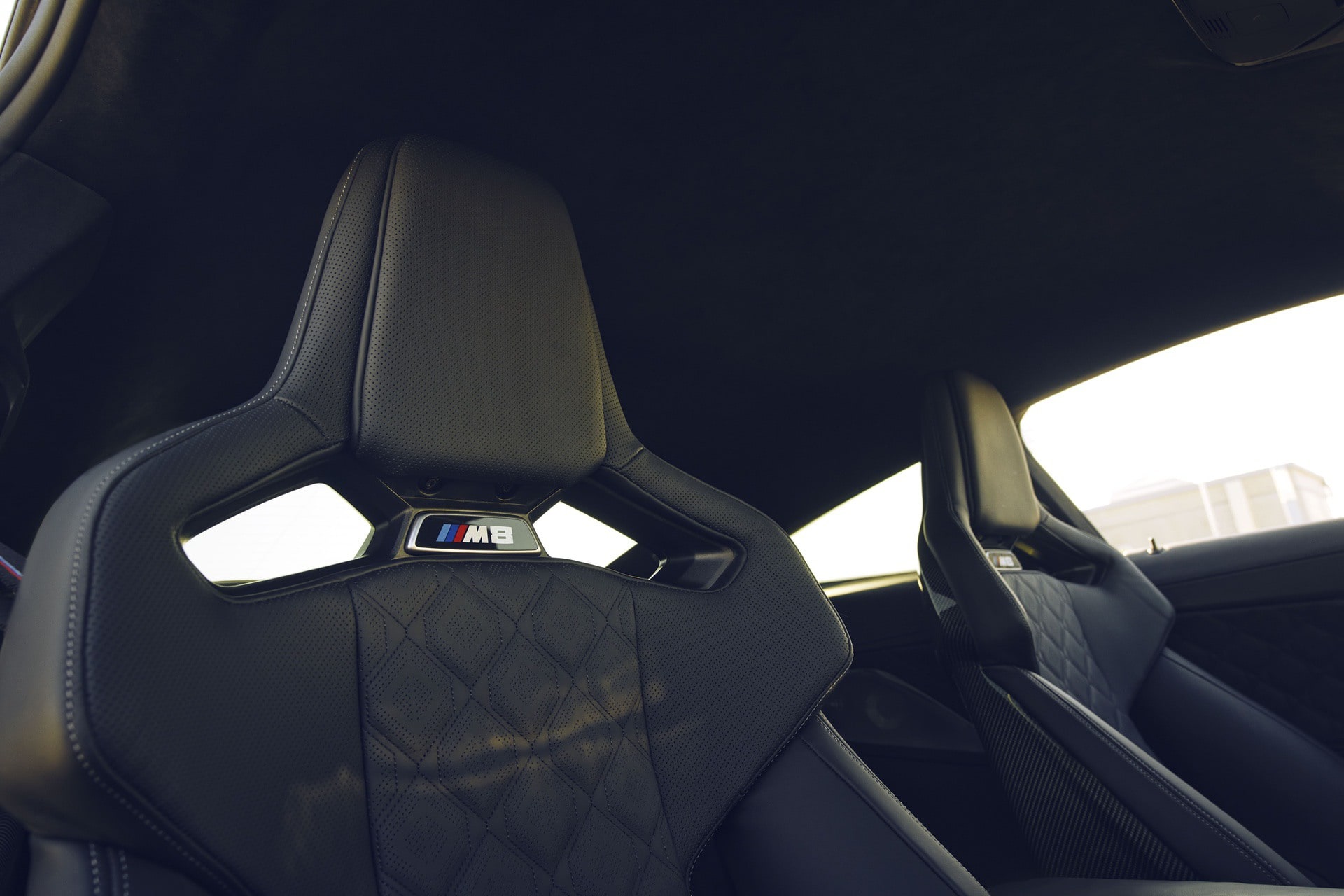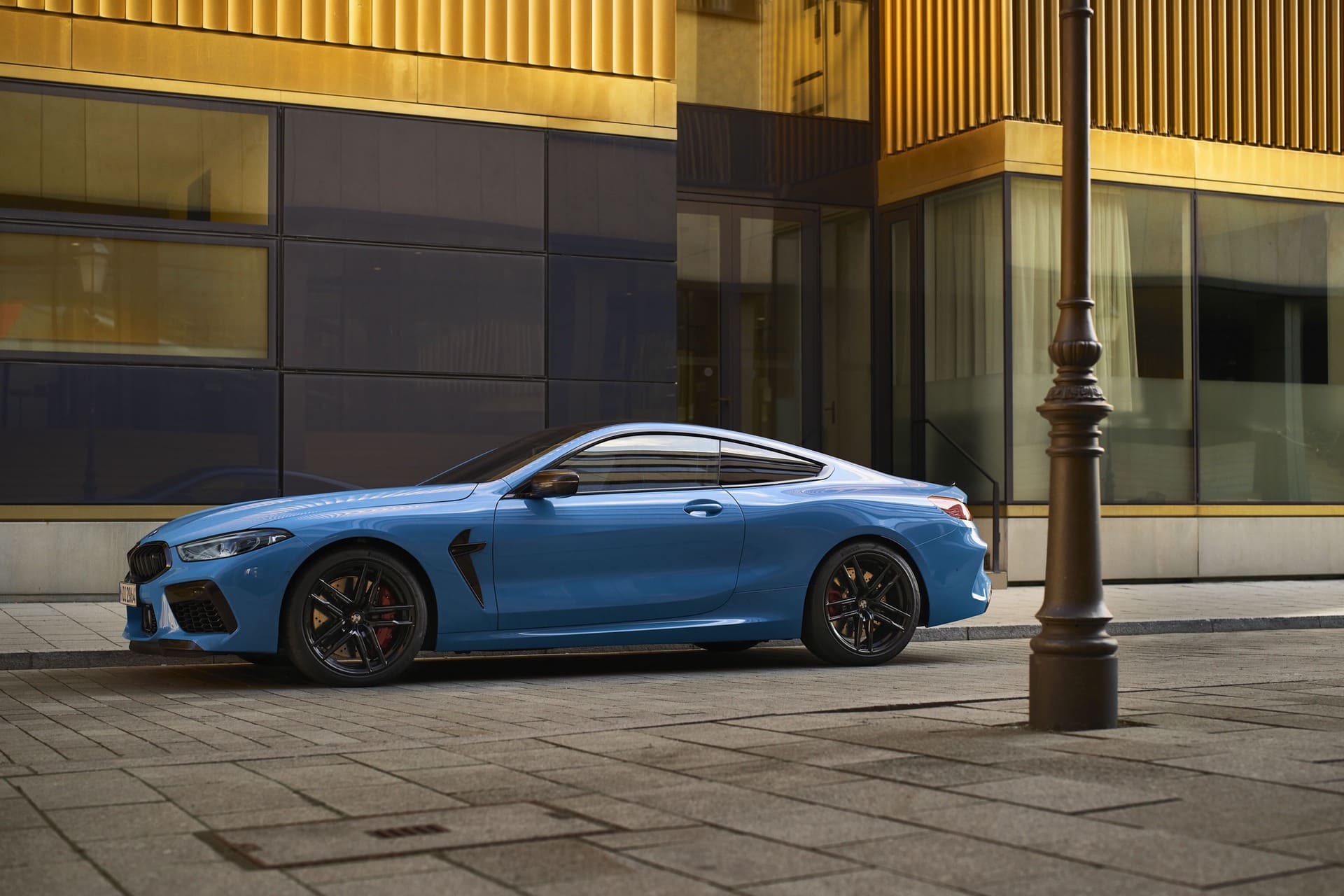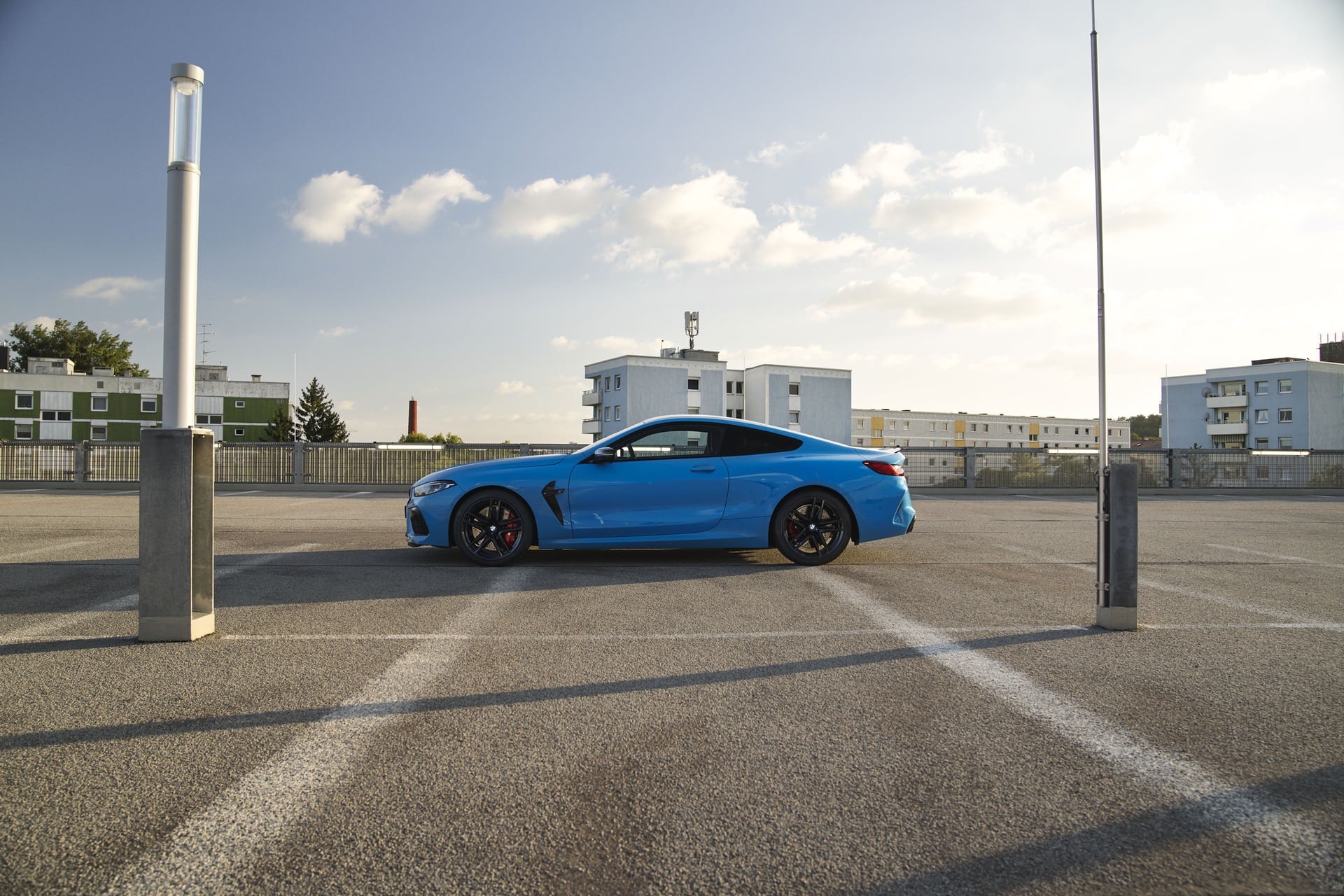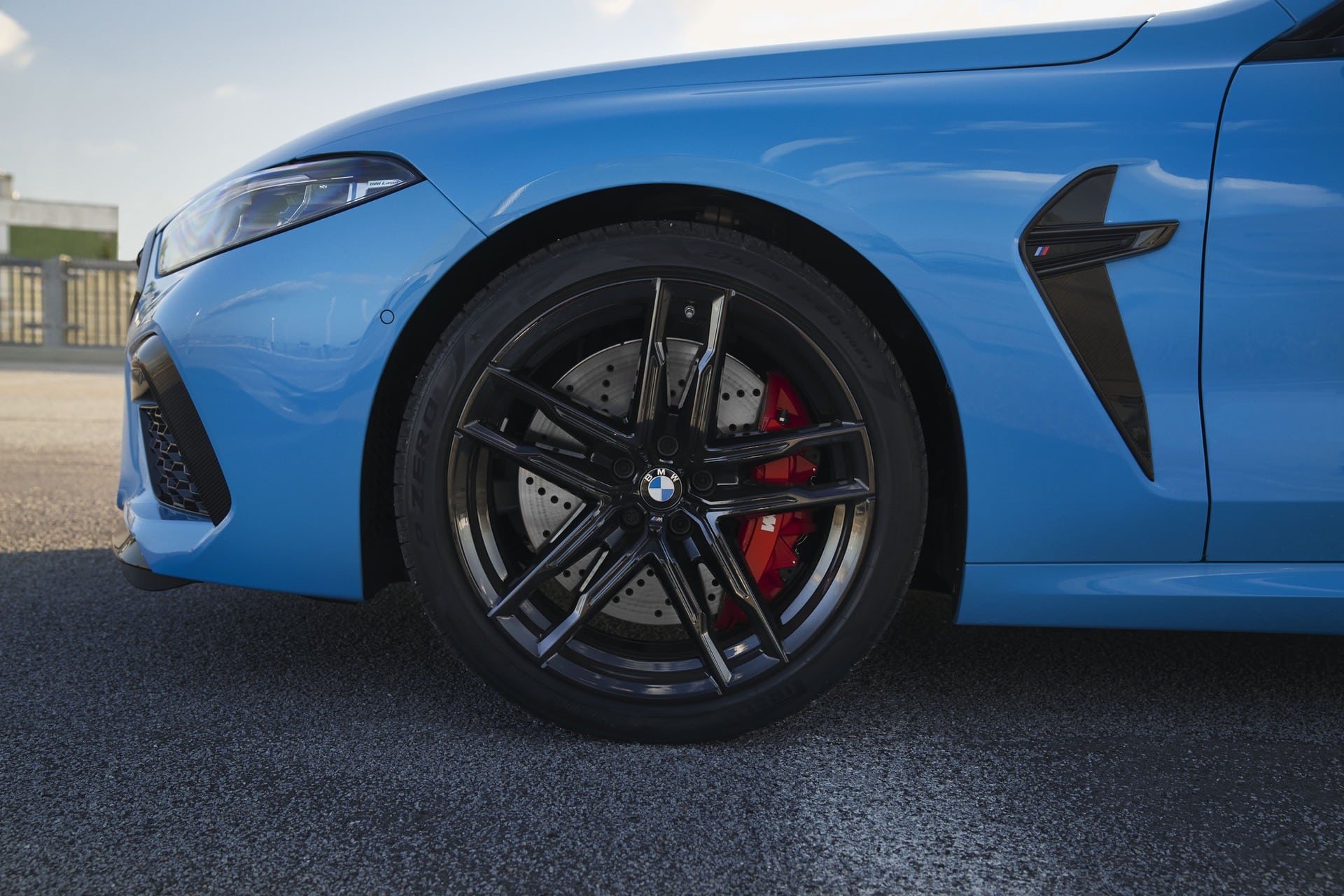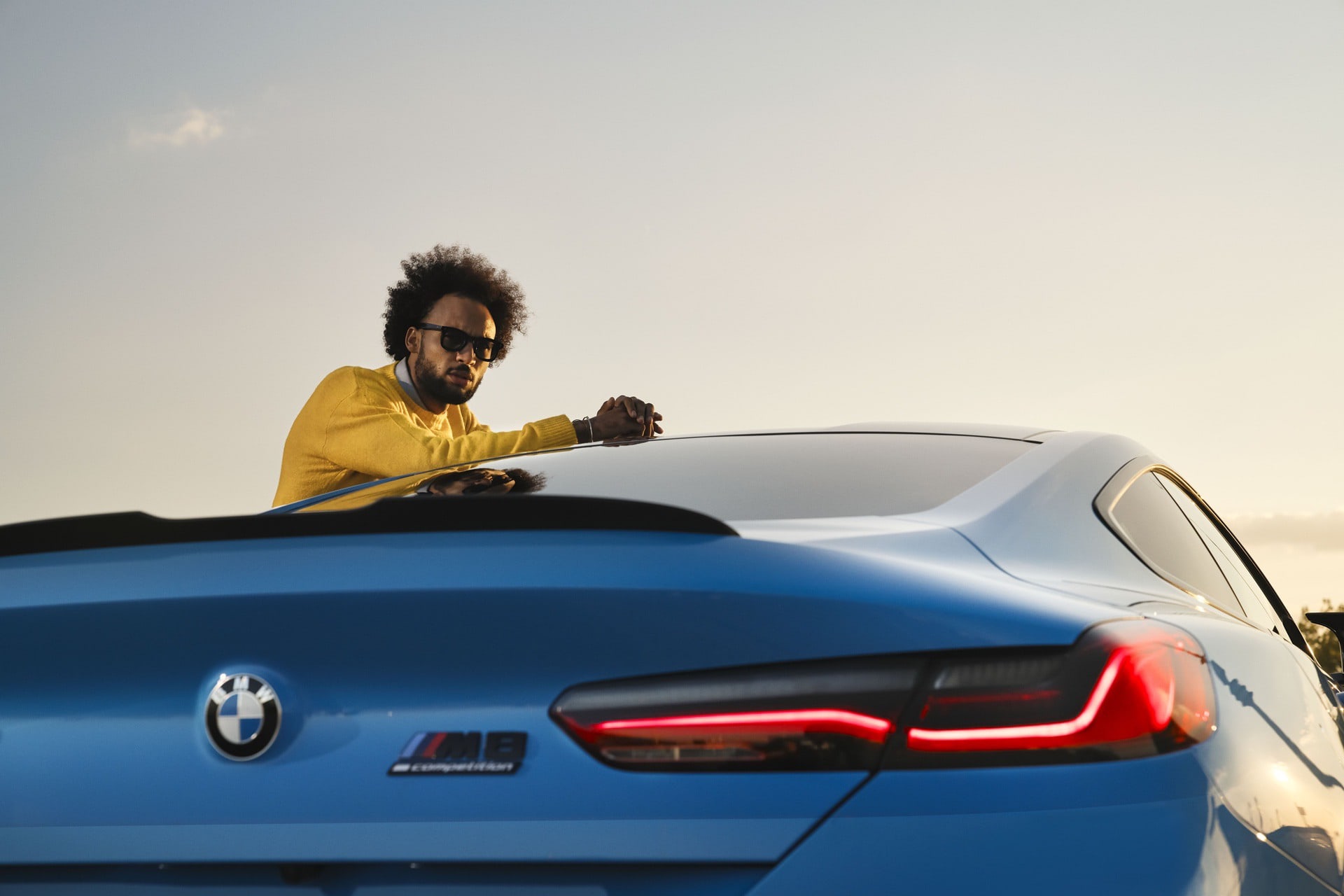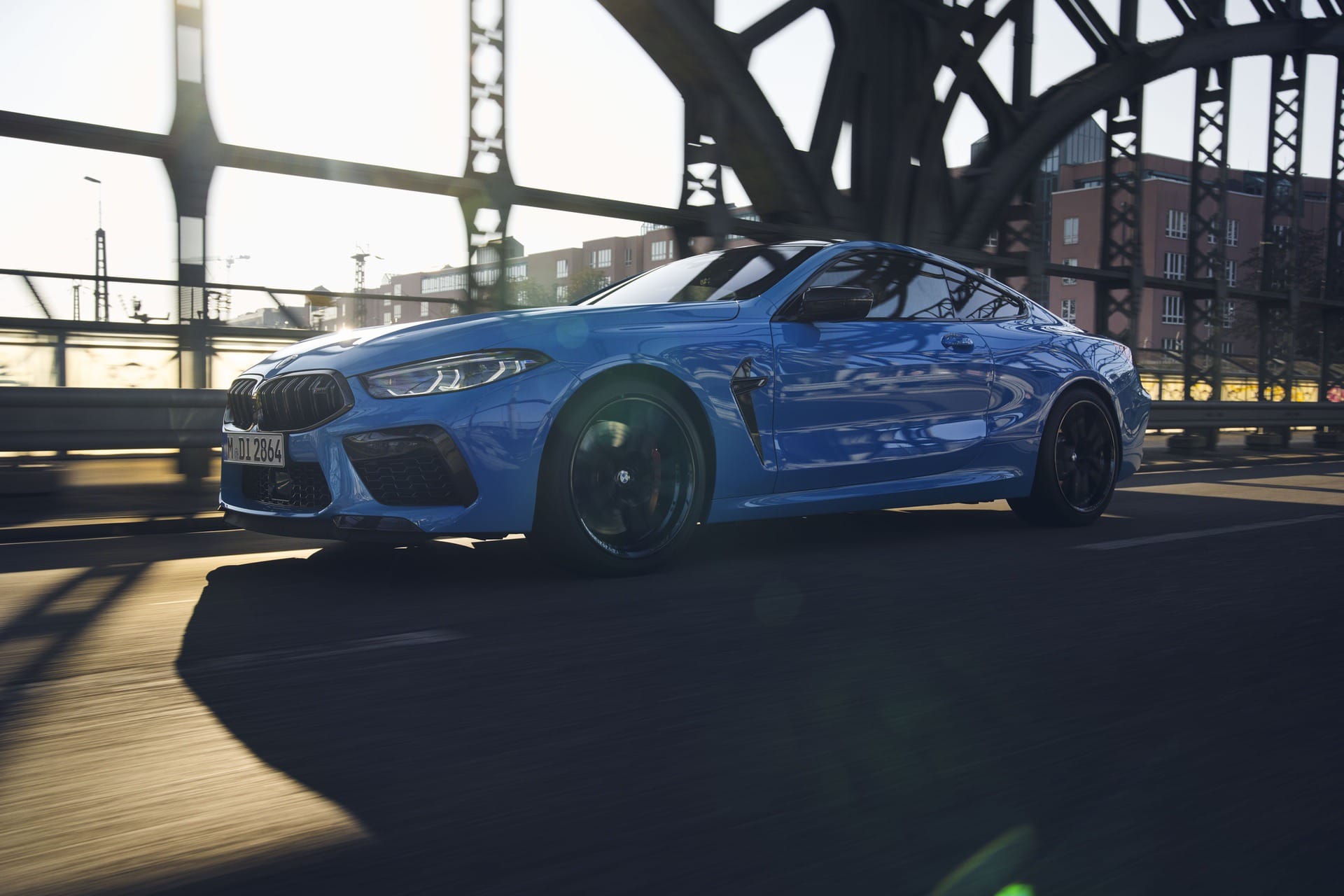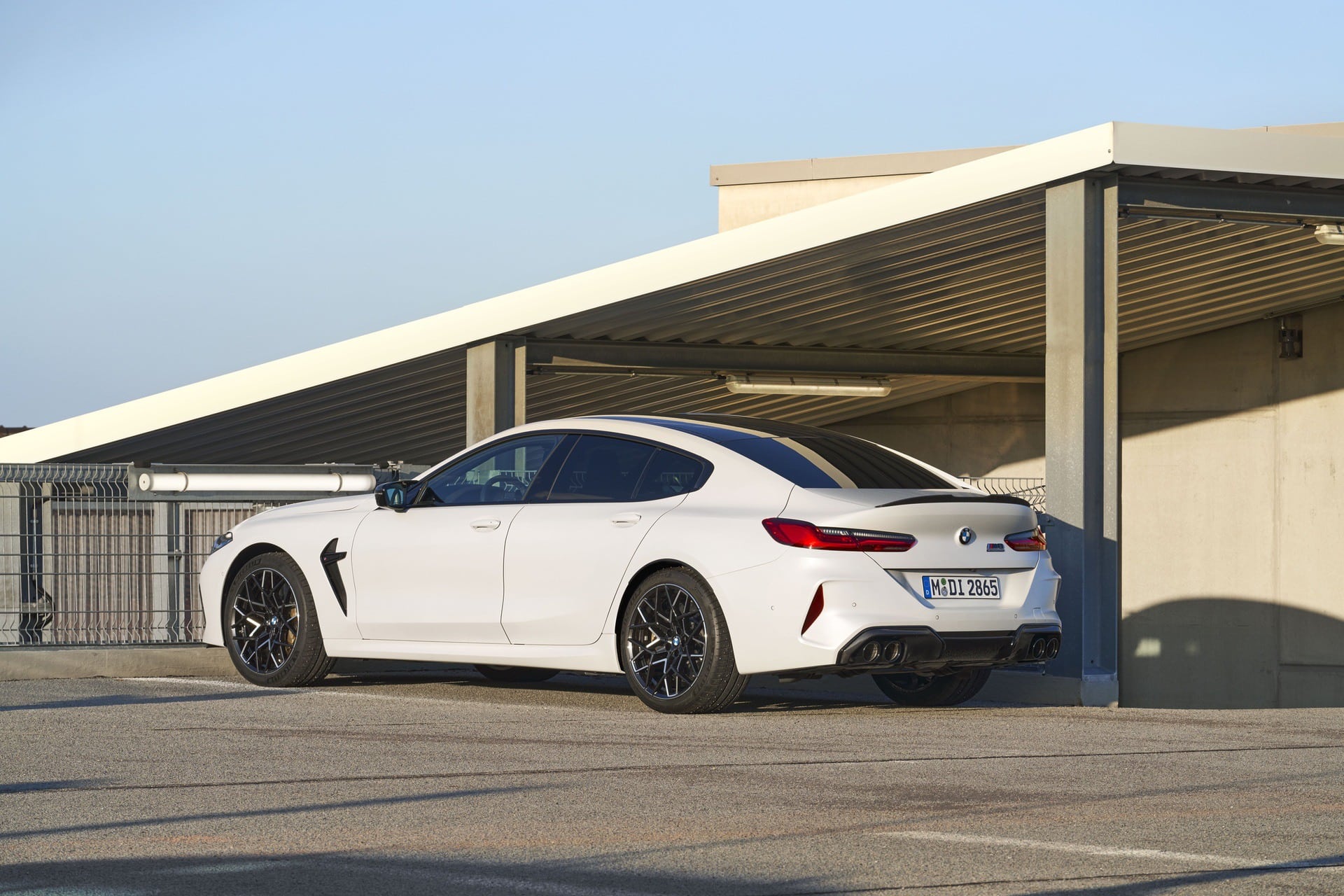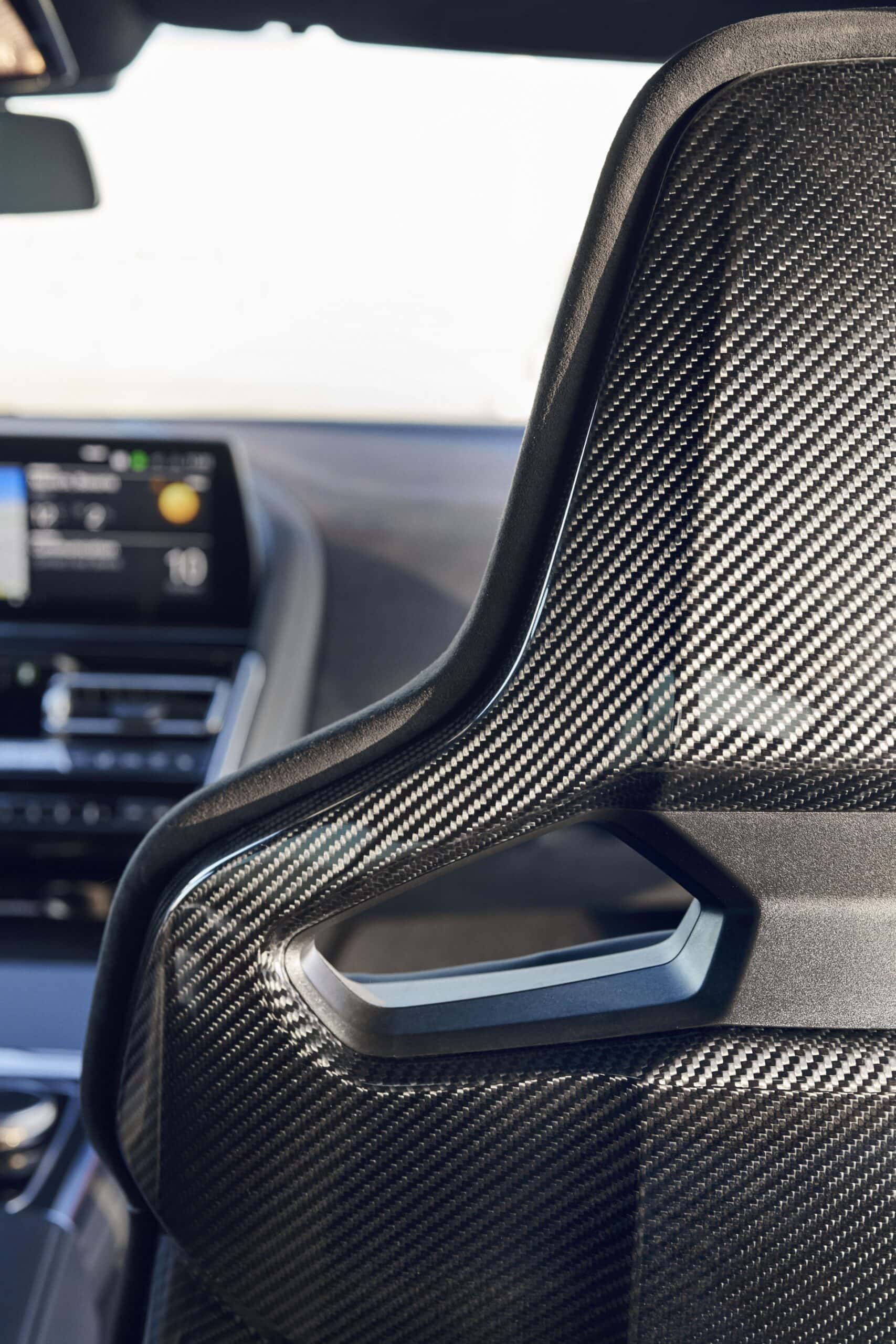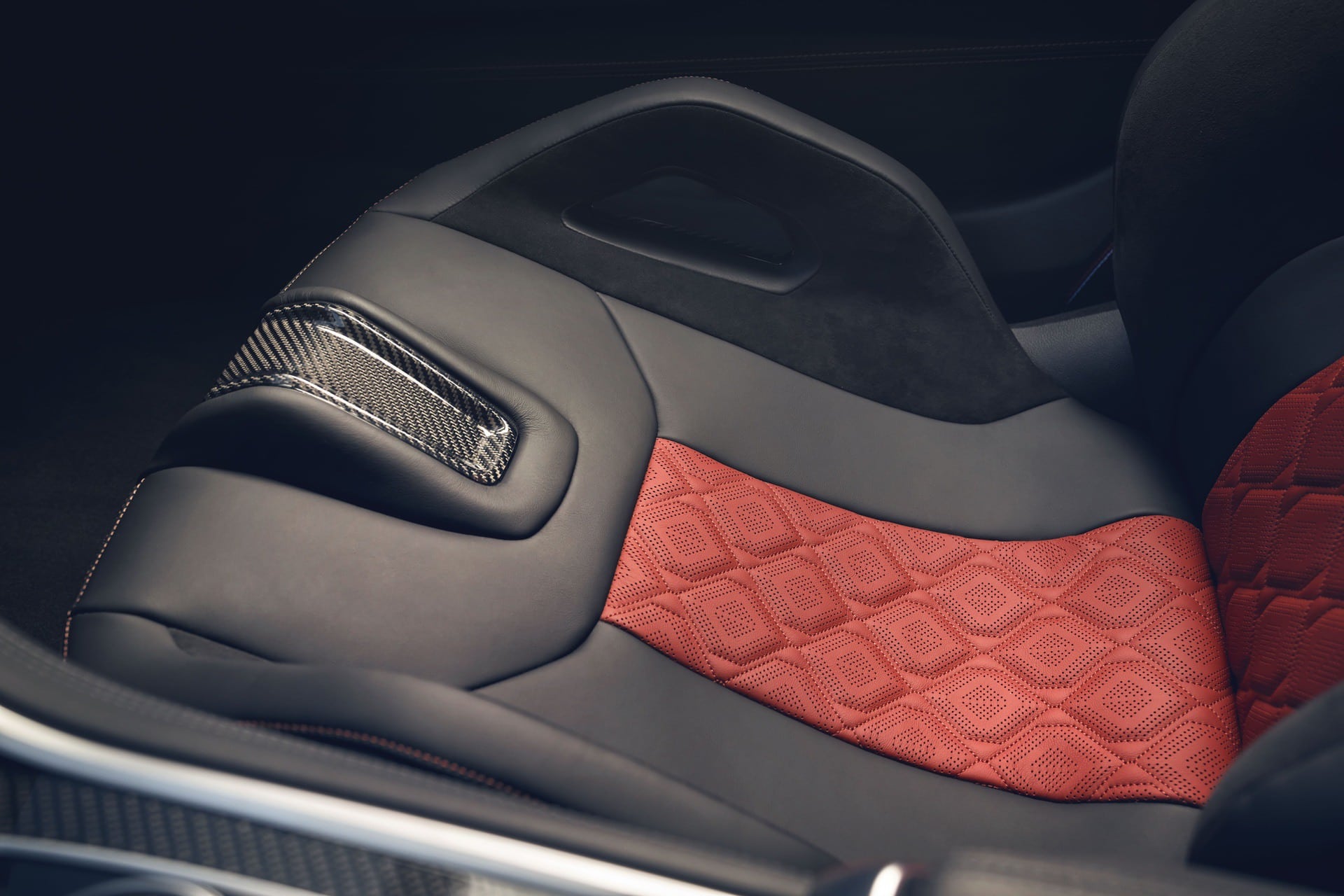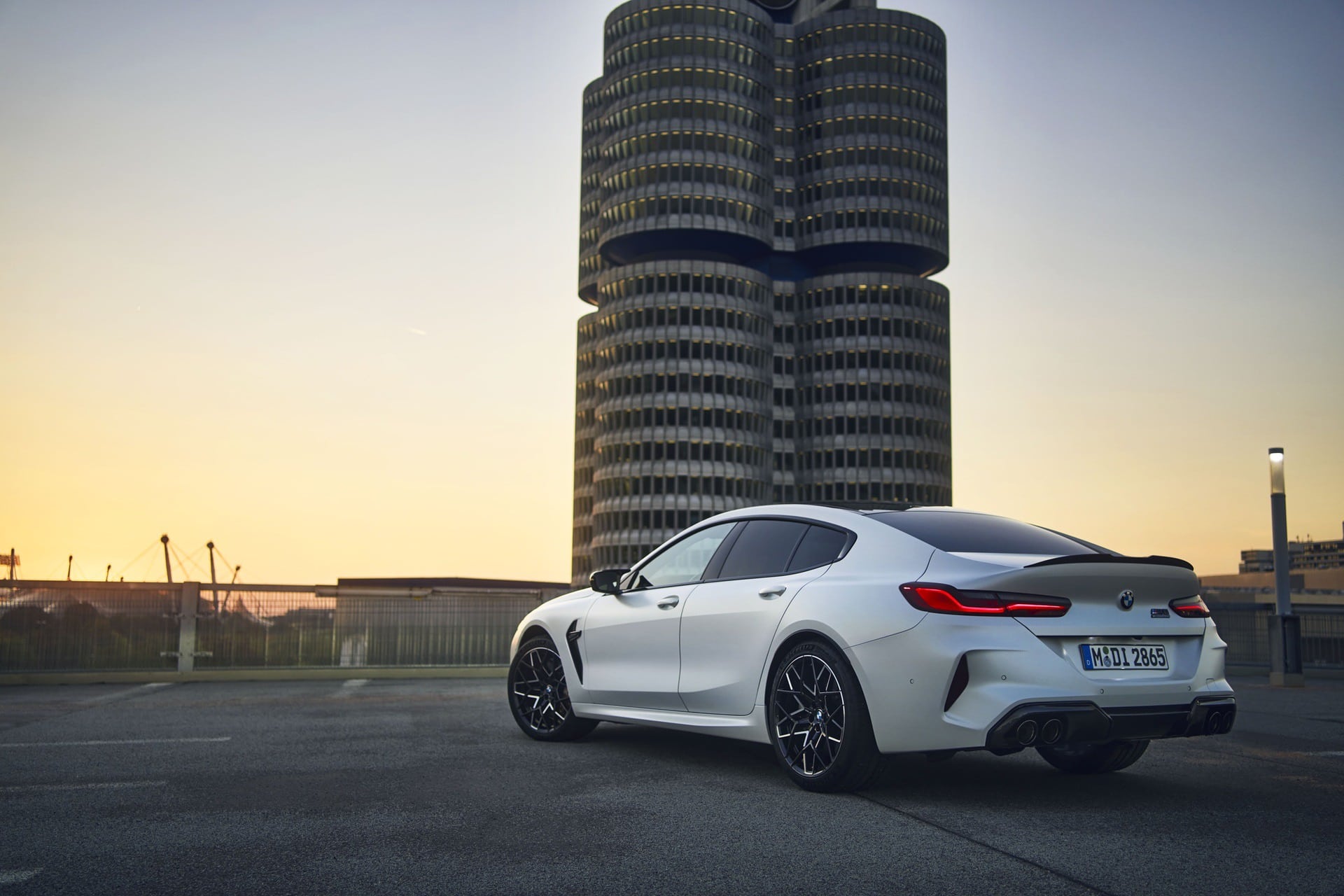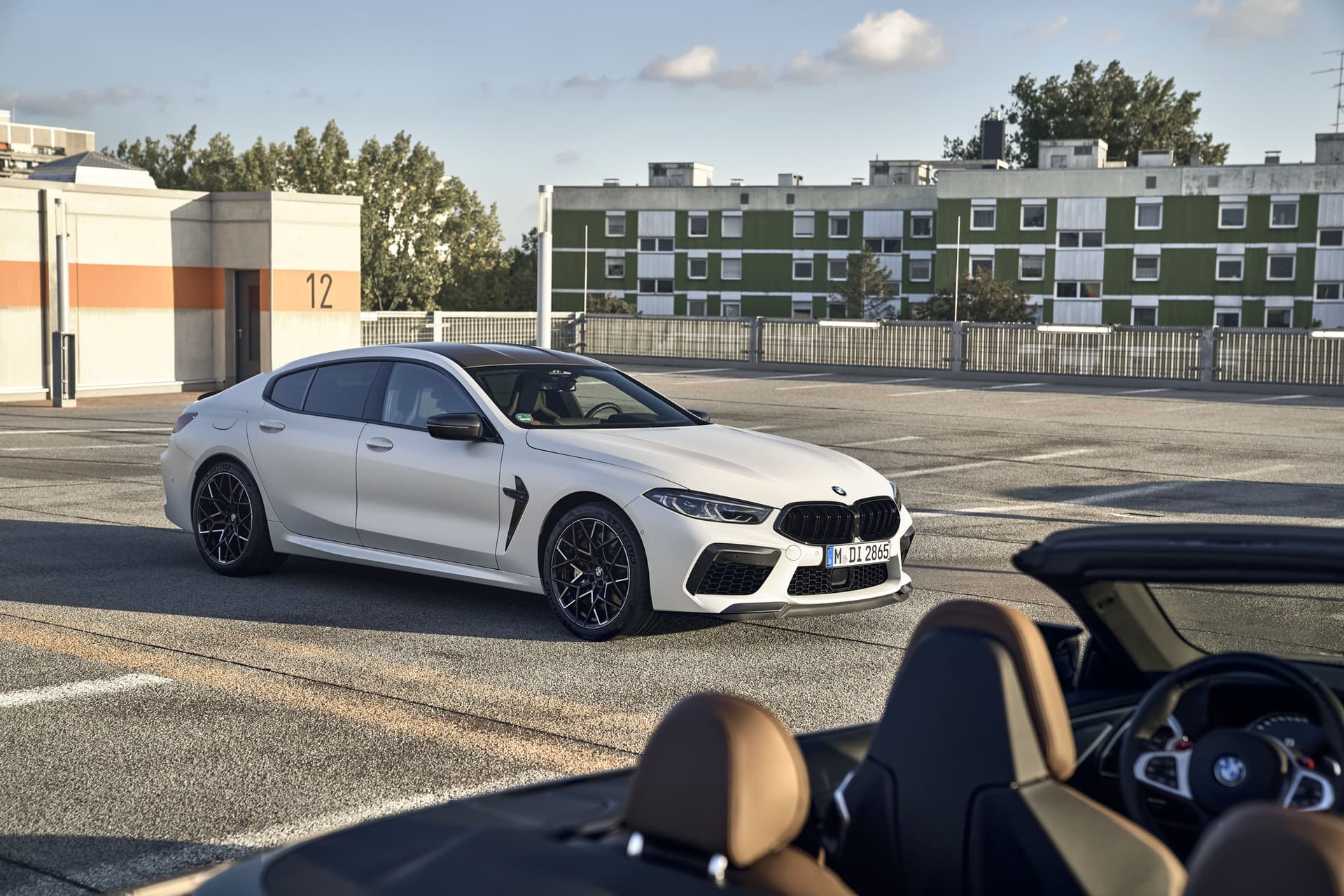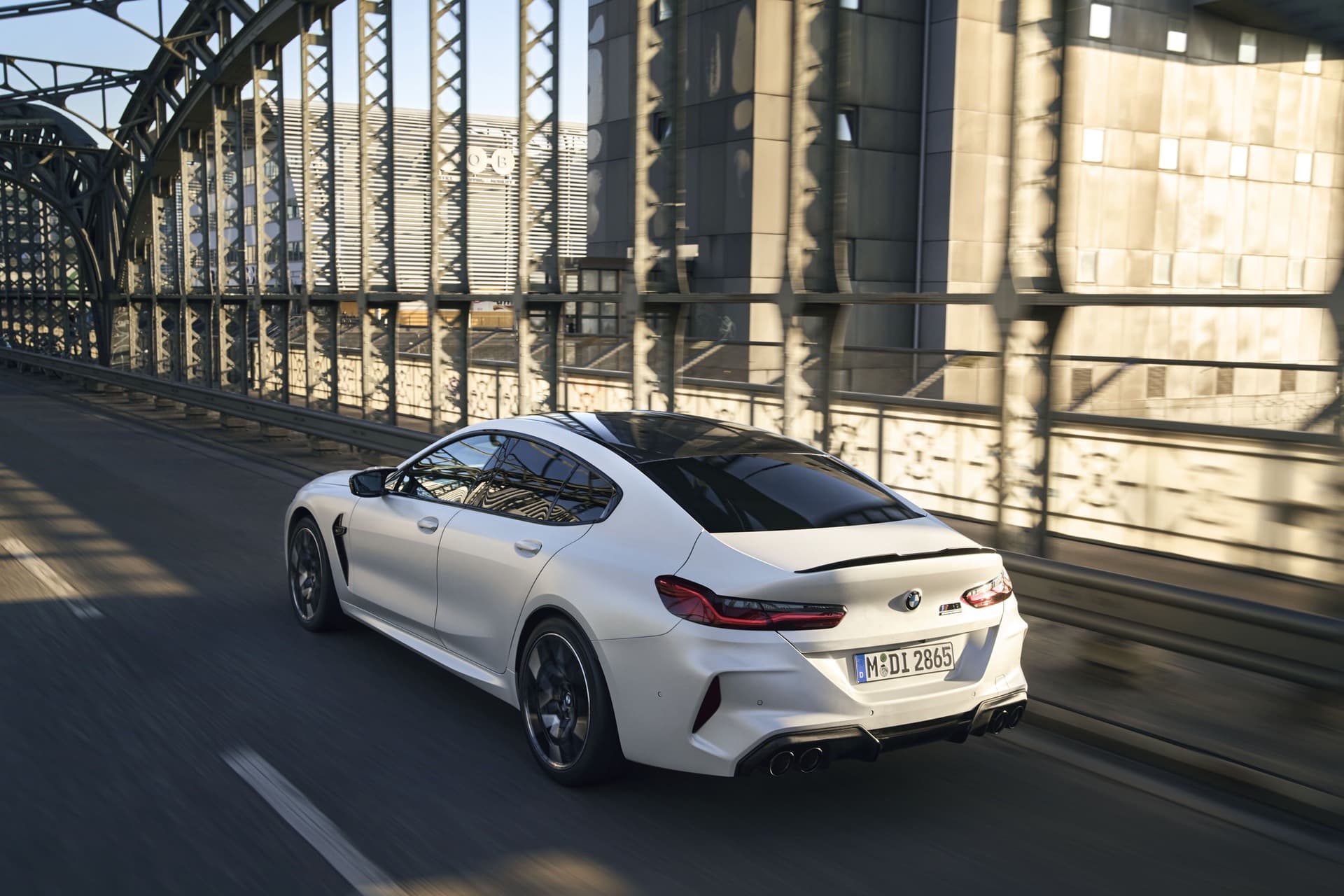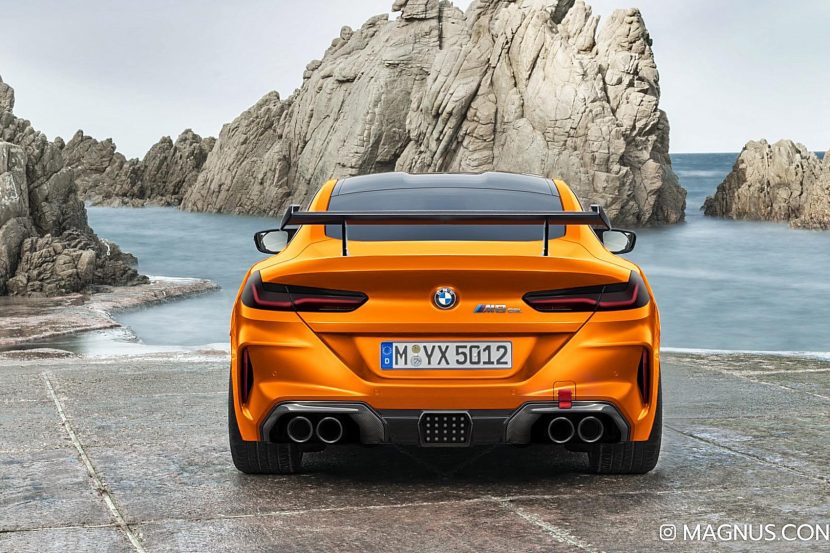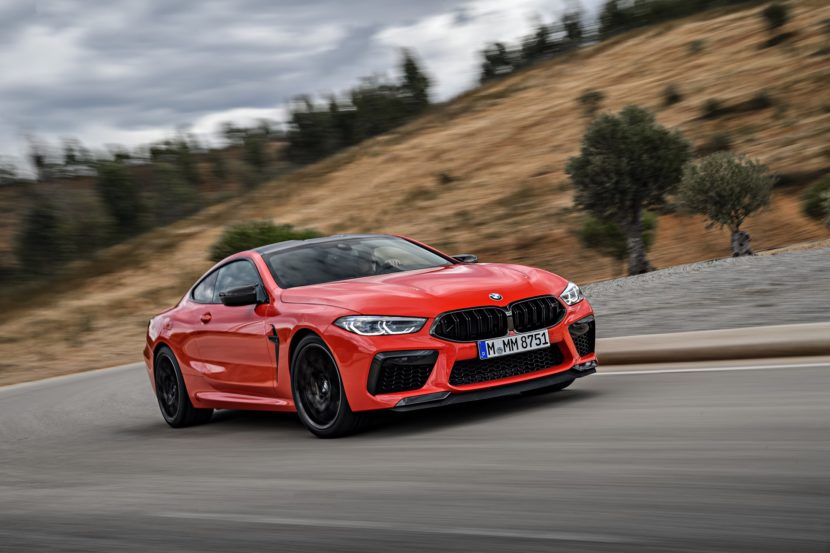Any car enthusiasts that’s driven the M8 Competition will likely tell you the same thing; it’s good but could have been better. Sure it’s faster than most intercontinental ballistic missiles but it lacks the precision and engagement you’d expect from an M car. More importantly, though, it just doesn’t look or feel special enough to be considered by customers at its price point. When customers spend $130,000-plus, they want something that both looks and feels as expensive as it is. Usually an LCI facelift would remedy that, but it doesn’t actually seem to have changed much on the BMW M8.
Admittedly, the BMW M8 was always a good looking car; it has great proportions, muscular haunches, and aggressive lives. What the M8 lacks, in terms of style, is its smaller features; its headlights, kidney grilles, taillights, and bumpers. Those features are also the sort that can be more easily fixed with a mid-cycle facelift, yet BMW felt that the car looks great as it is.
Mild Visual Changes
In fact, the BMW M8 Competition seems to have received and even subtler LCI treatment than already very subtle standard 8 Series LCI, if that’s even possible. To spot the differences between the pre-LCI and post-LCI M8, you really have to look closely at photos of them, side-by-side, and even then it might take awhile.
There are some new colors, though; Skyscraper Grey metallic, Brooklyn Grey metallic, Isle of Man Green metallic, and a BMW Individual Tanzanite Blue metallic. In addition, there are four new Frozen colors; Frozen Pure Grey metallic, Frozen Deep Grey metallic, Frozen Deep Green metallic and Frozen Tanzanite Blue metallic.
Welcome, Carbon Bucket Seats!
Thankfully, there’s one meaningful change made to the interior of the BMW M8 Competition that will make potential customers happy — carbon fiber bucket seats. For the 2022 BMW M8 Competition LCI, customers can now spec the same carbon fiber bucket seats that are available in the M3 and M4. While a new seat option might not sound like a big deal, those seats drastically improve the driving experience of the M3 and M4. Those seats are wrapped in leather and Alcantara, which is new. Also new is the Black/Sakhir Orange color scheme for the carbon buckets.
Elsewhere in the interior, the steering wheel has been ever-so-slightly changed from the pre-LCI car. Now, the bottom spoke features a hollow space, which gives it a more premium look. But that’s about it for the cabin. BMW’s iDrive 7 remains, as does the same digital instrument panel. Don’t expect the iX’s iDrive 8 in the new M8.
Slightly Faster Than Before
Power and performance are also the same. The BMW M8 Competition still gets the same 4.4 liter twin-turbocharged V8 as before, with the same 617 horsepower (460 kW) and 553 lb-ft (750 Nm) of torque. It’s still paired to an eight-speed auto and still uses the M Division’s defeatable xDrive all-wheel drive system as-standard. That powertrain/drivetrain setup is the exact same along all M8 models; Coupe, Convertible, and Gran Coupe. However, performance varies just a tad; the Coupe and Gran Coupe do 0-62 (100 km/h) in 3.2 seconds, while the Convertible takes an extra tenth to do it, at 3.3 seconds.
The BMW M8 Competition hasn’t been a massively successful car for BMW. In fact, it’s underperformed on the sales sheet, which is why BMW’s LCI treatment is lacking. The Bavarians aren’t going to invest stacks of cash into a car that doesn’t sell. Which is sad because the M8 had such potential to be the ultimate high-performance GT car. Hopefully this new LCI can prove to customers that, despite its lack of flair, the BMW M8 Competition is a good car and it will sell better than it did before its refresh.
BMW M8 Convertible Facelift
BMW M8 Coupe Facelift
BMW M8 Gran Coupe Facelift


